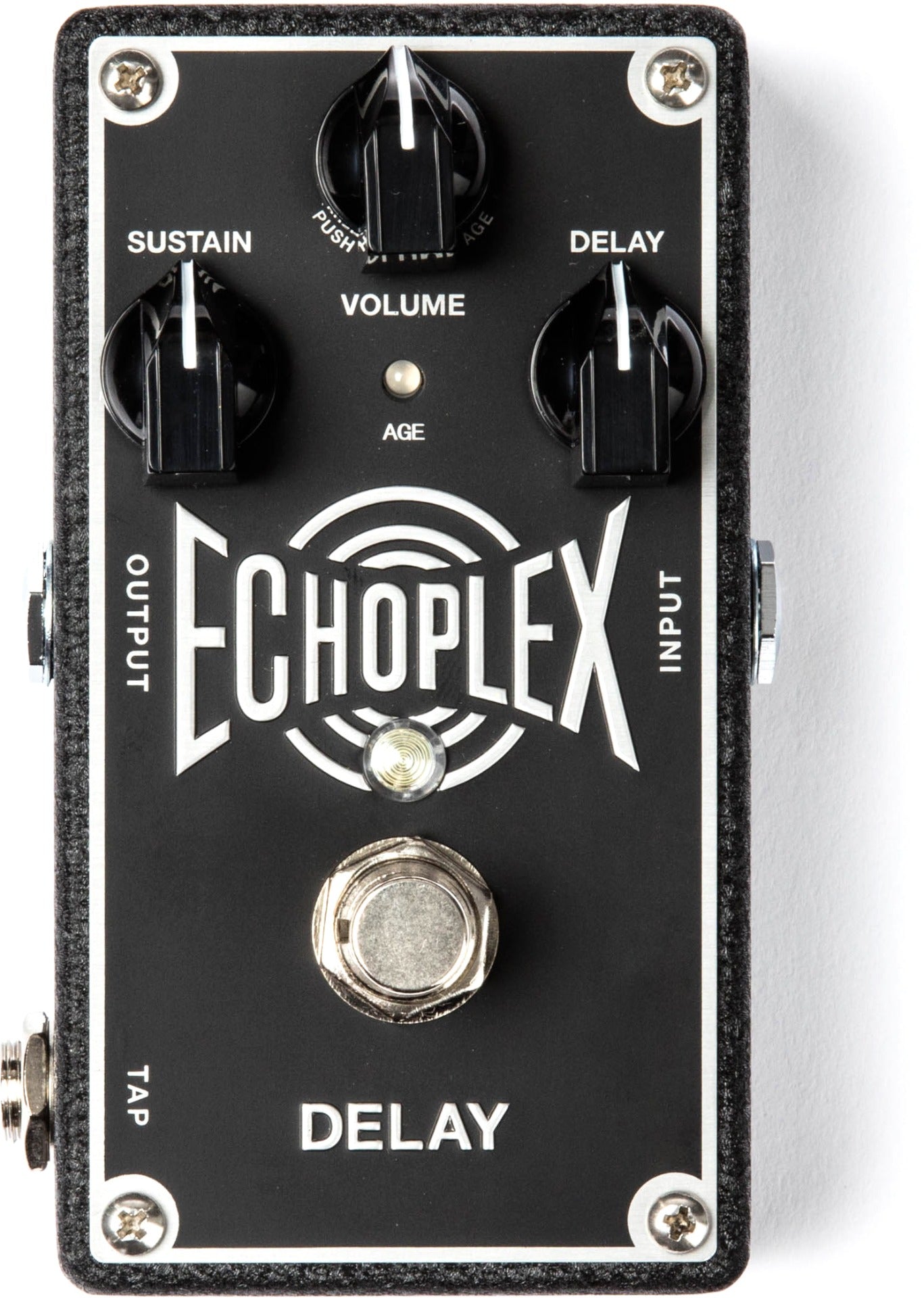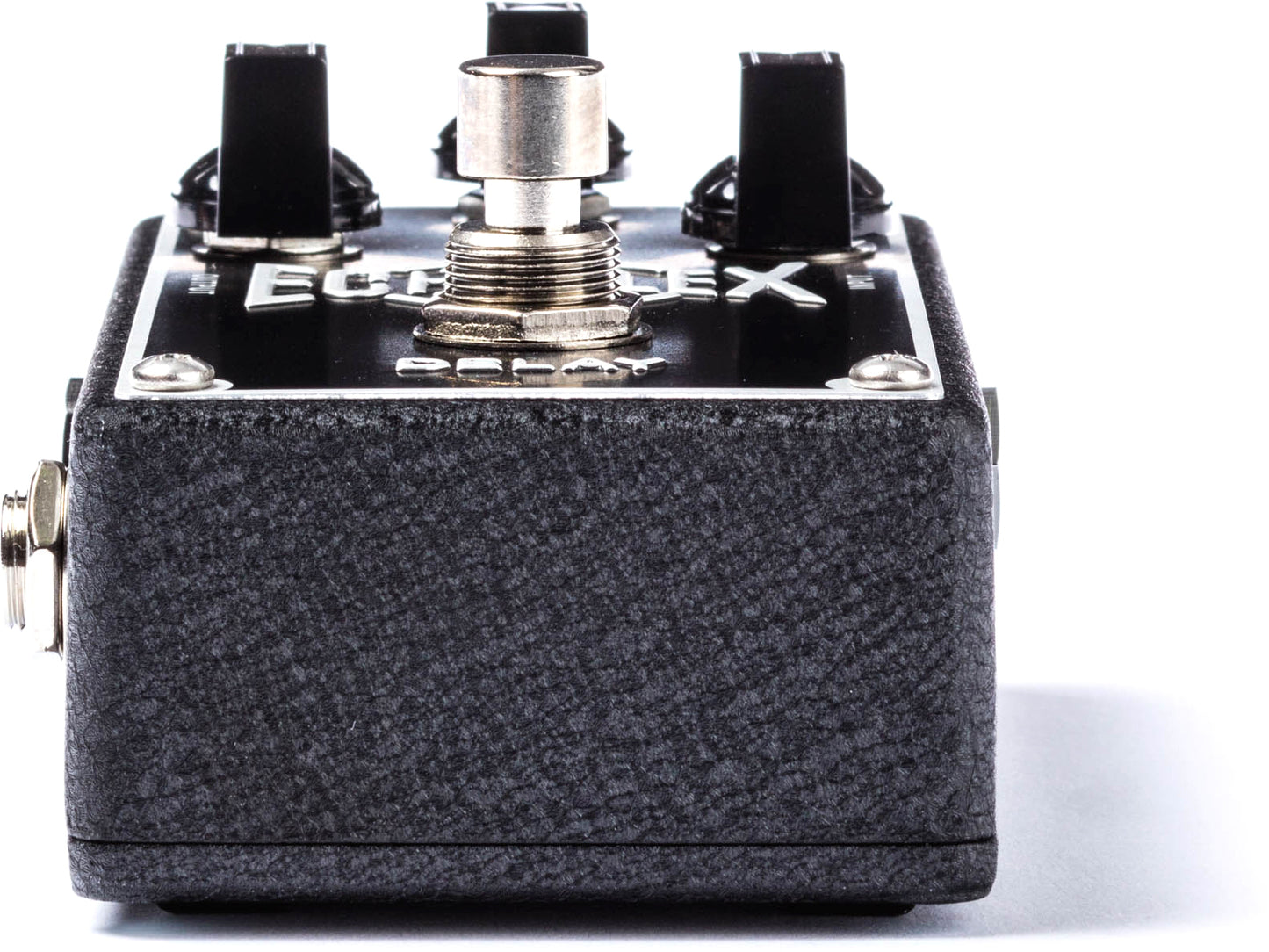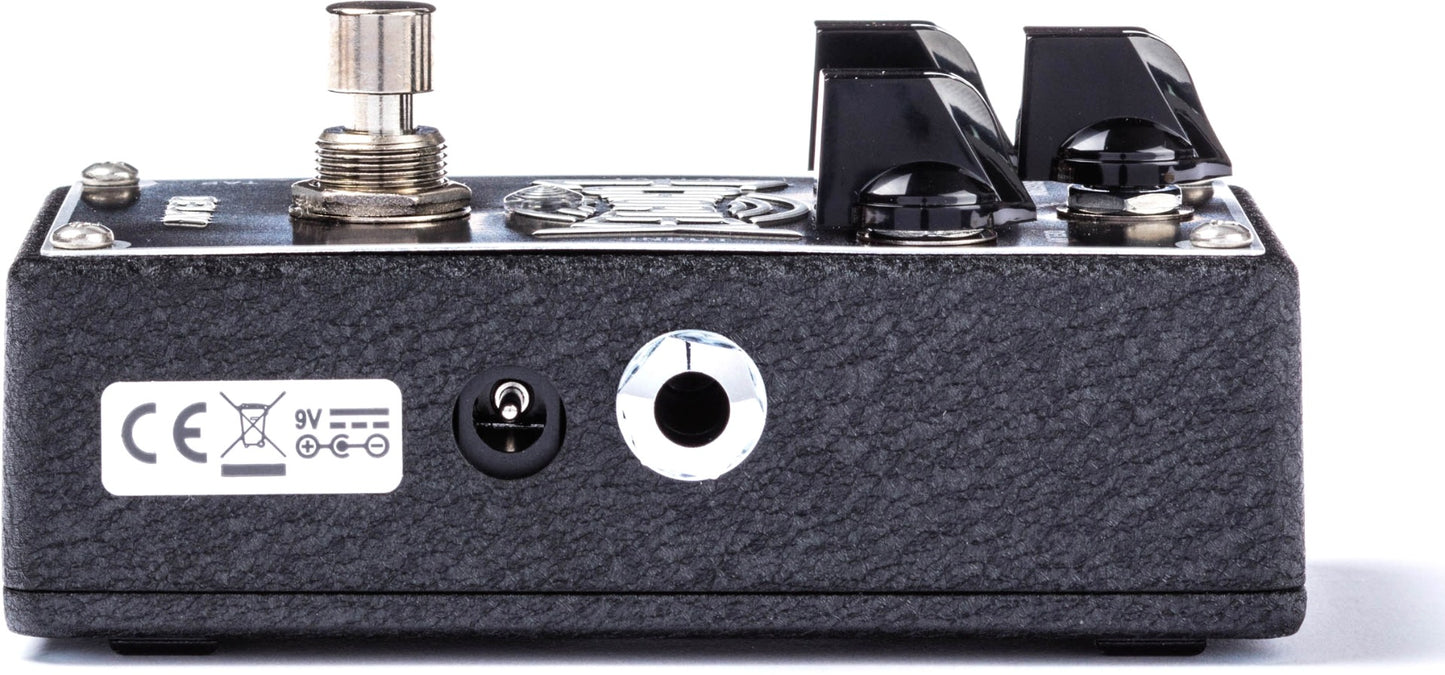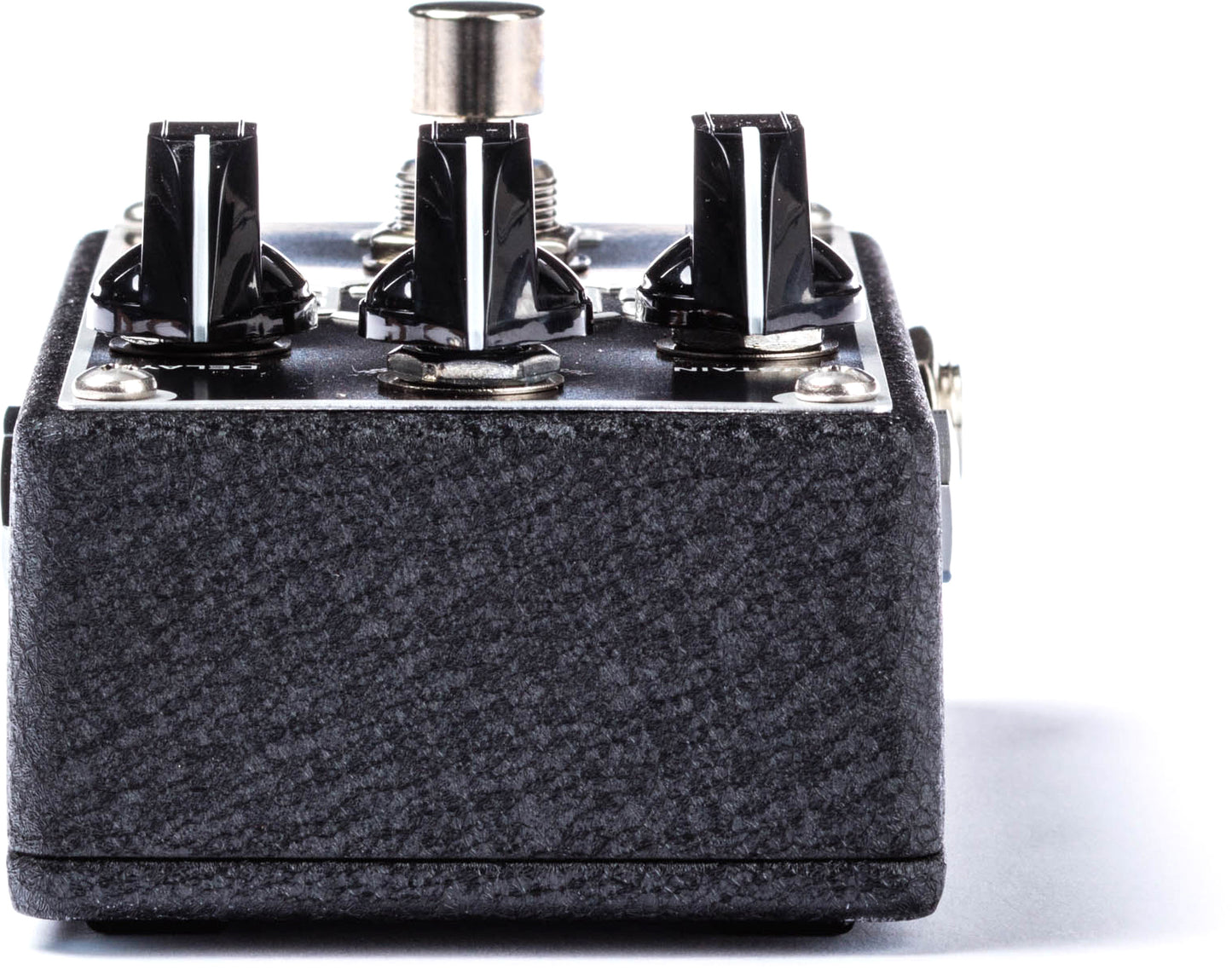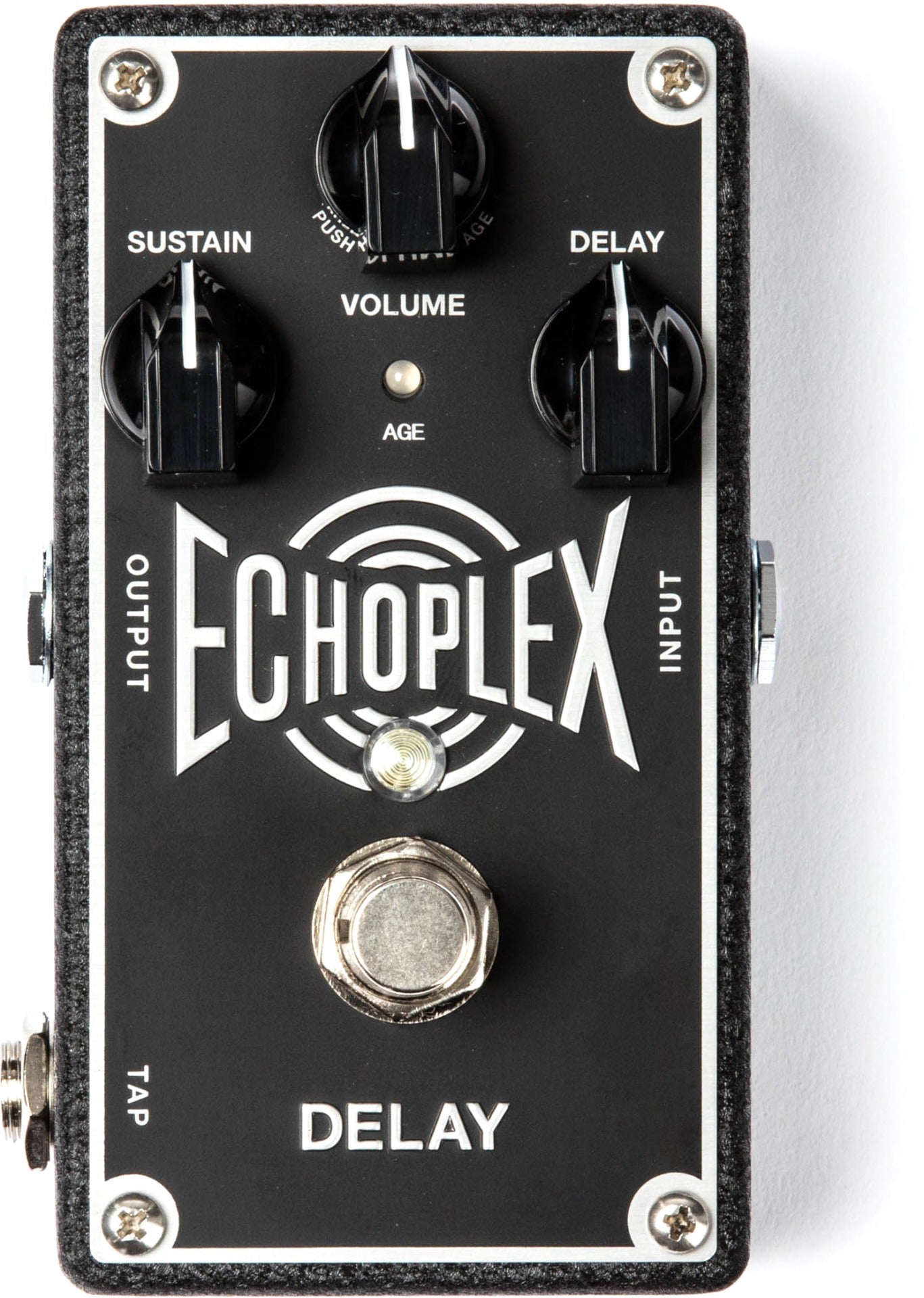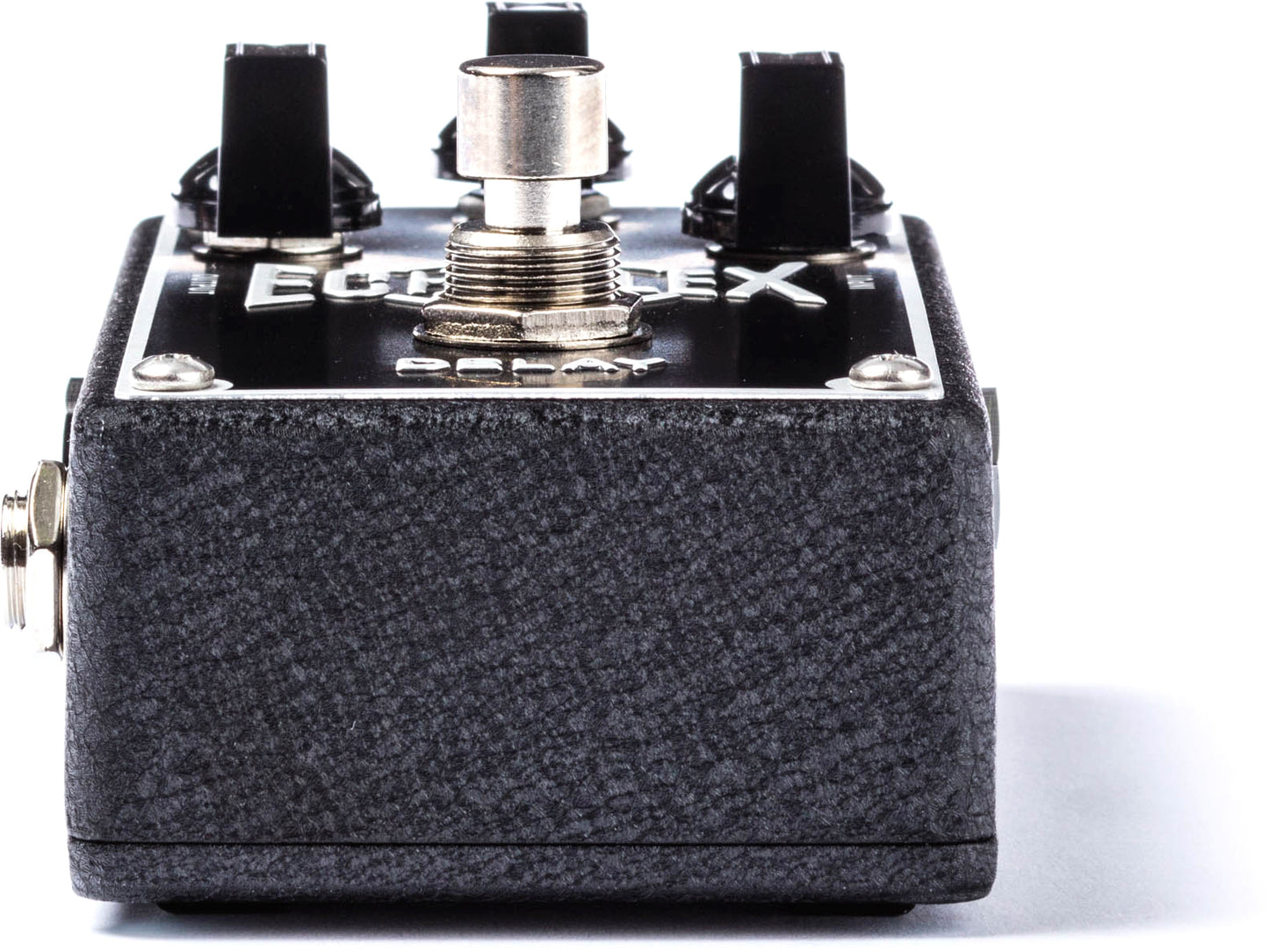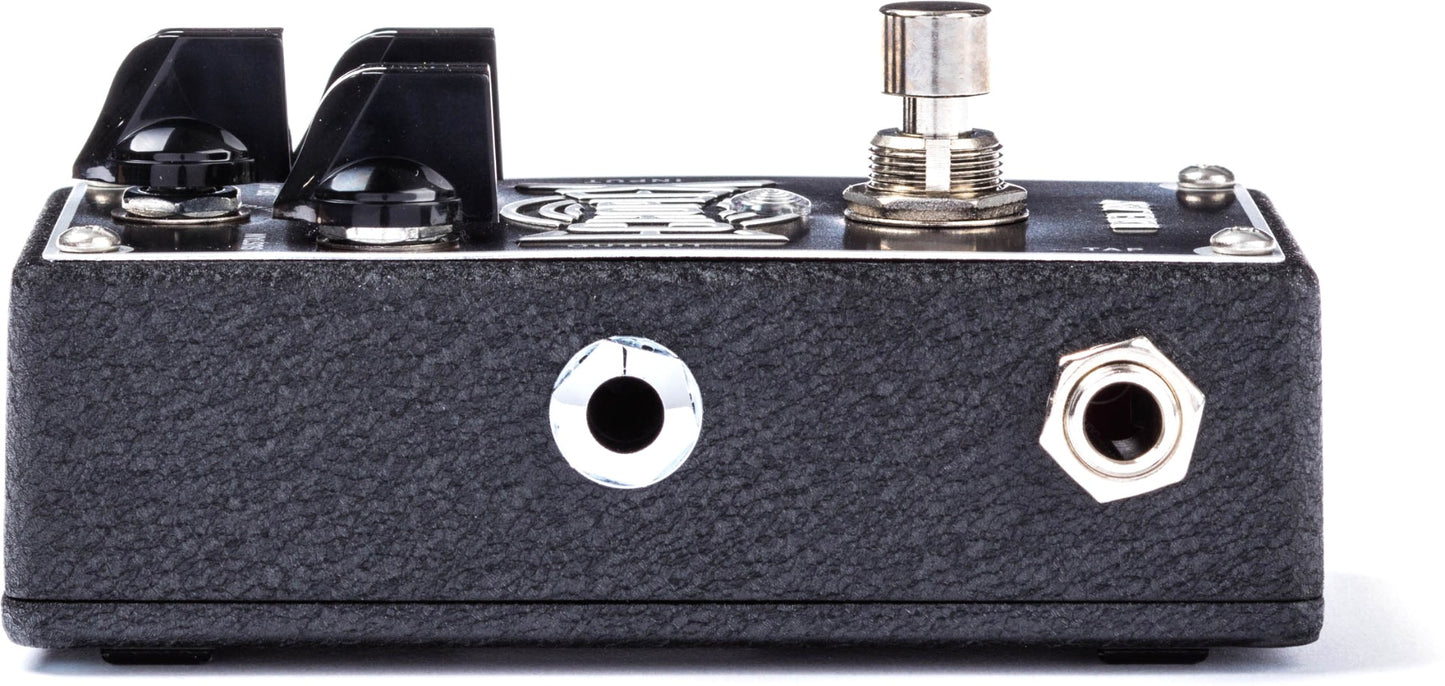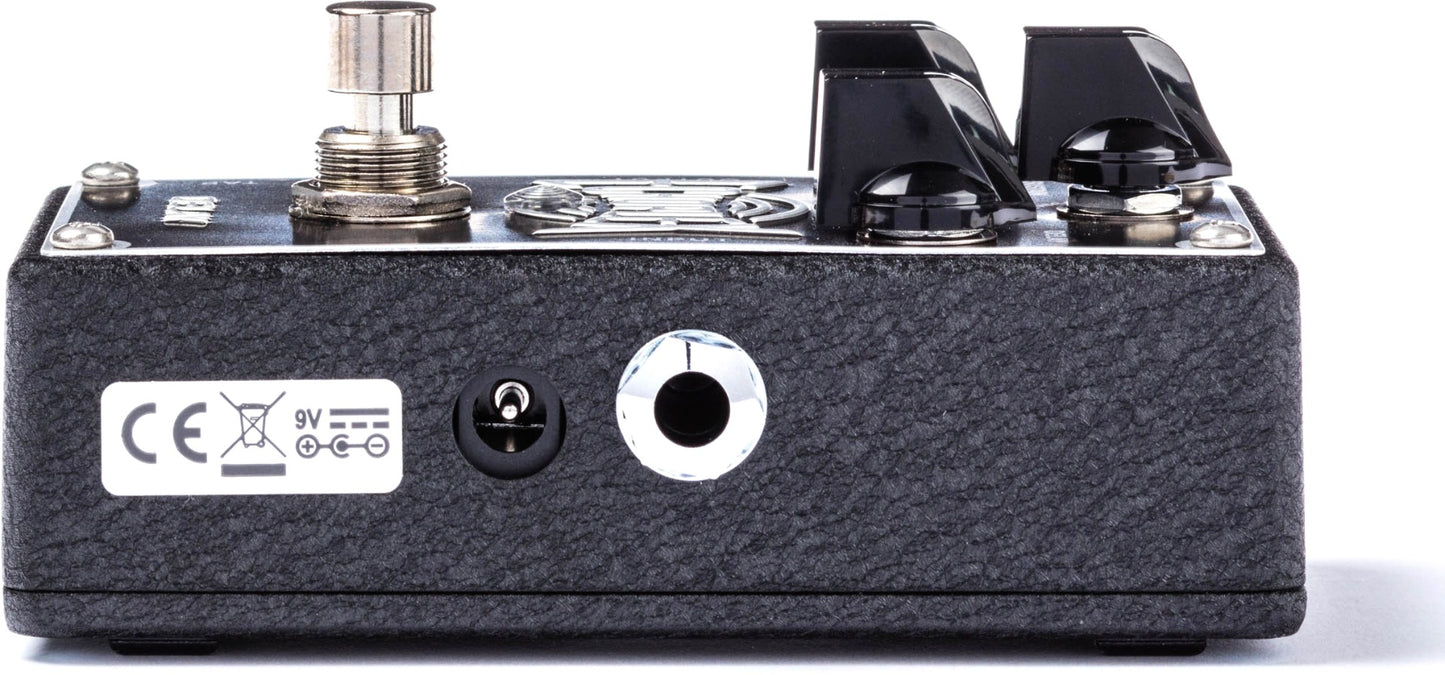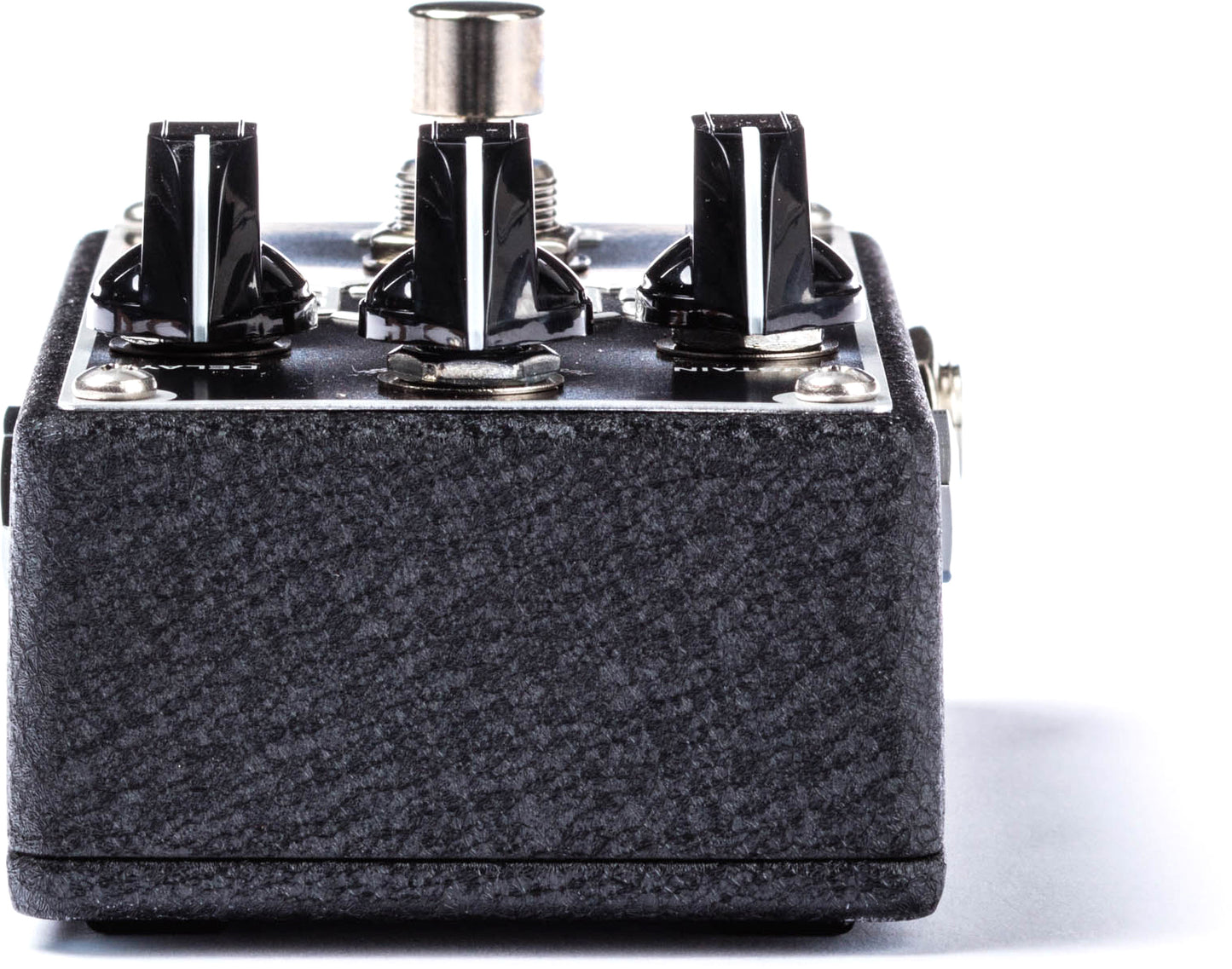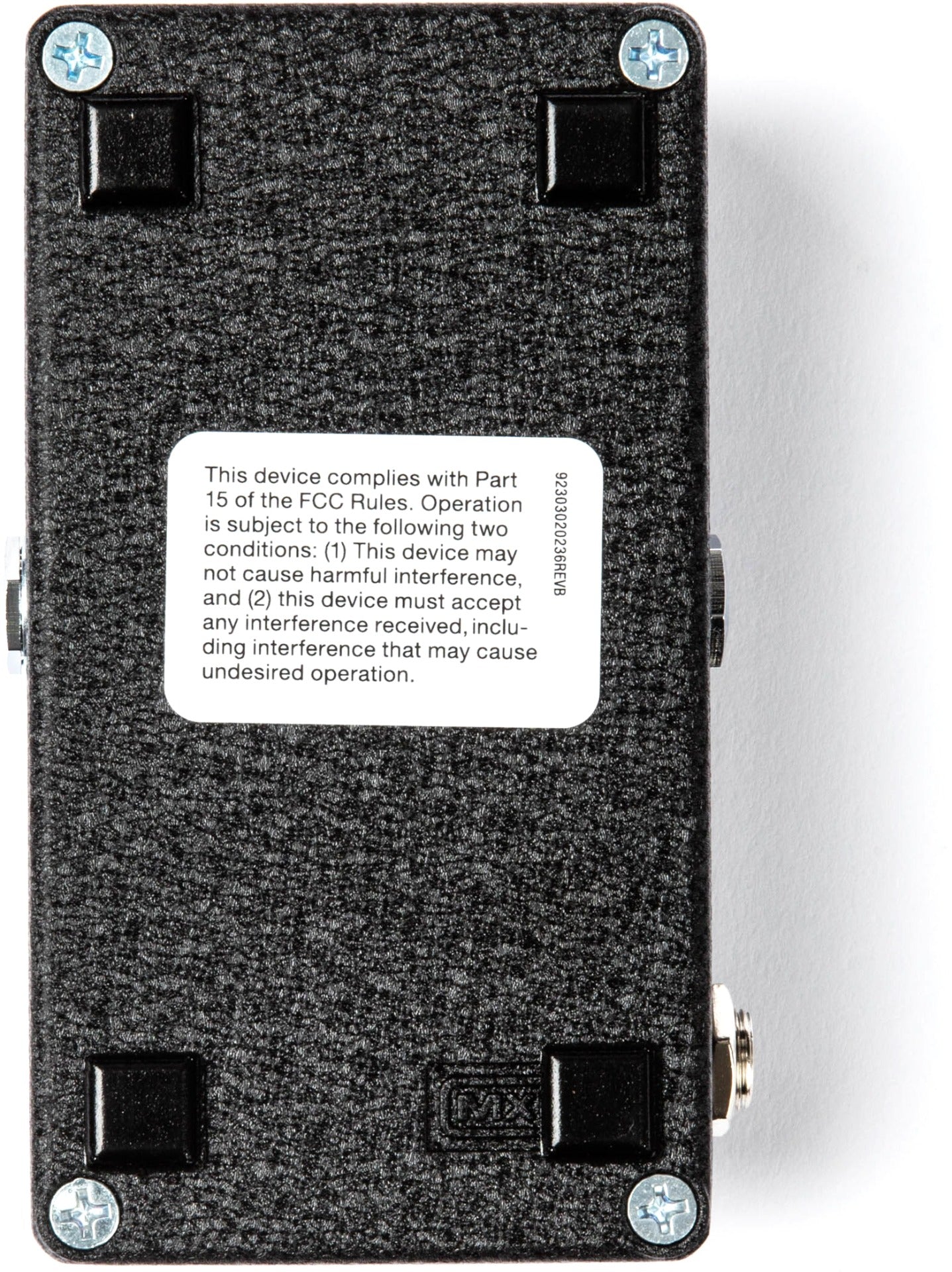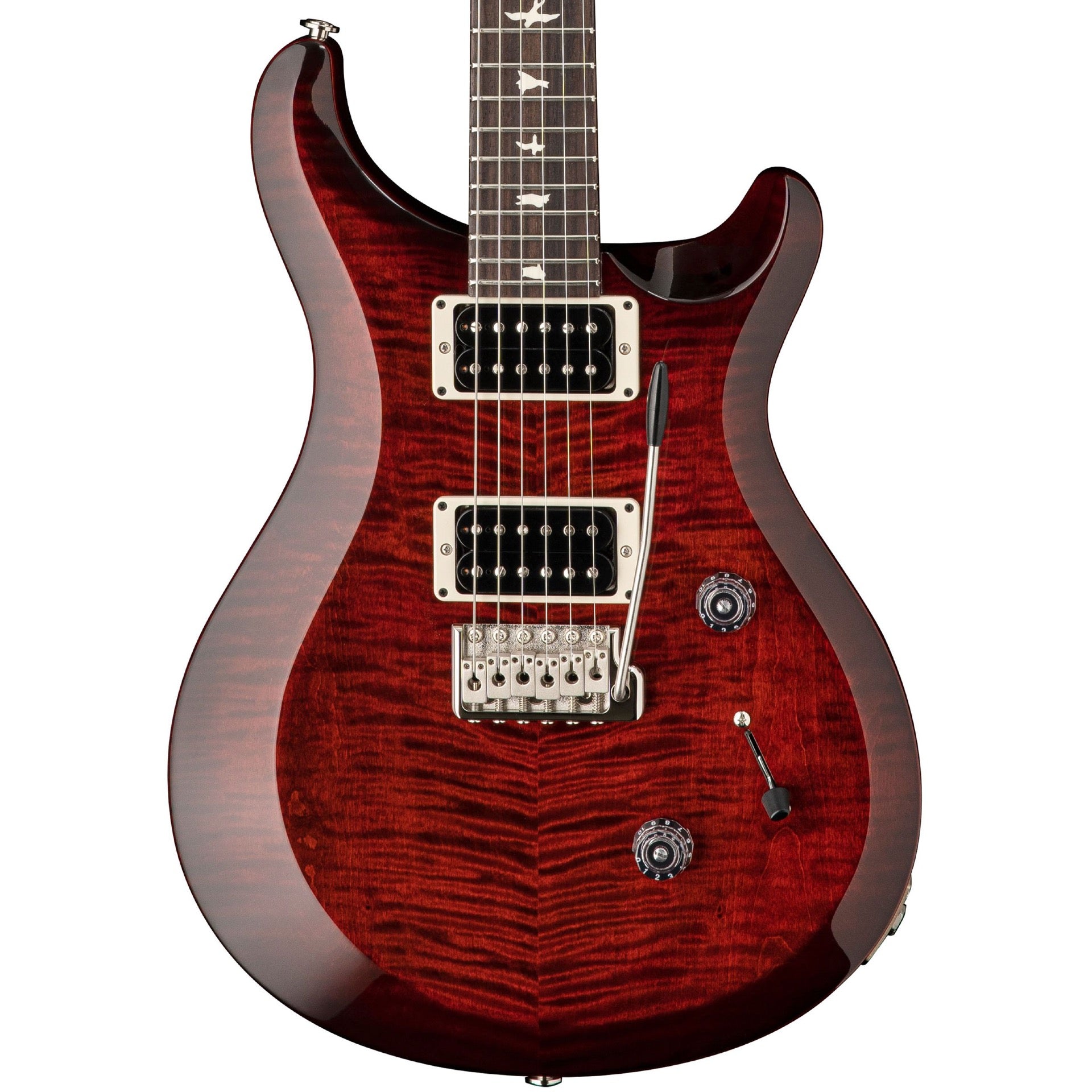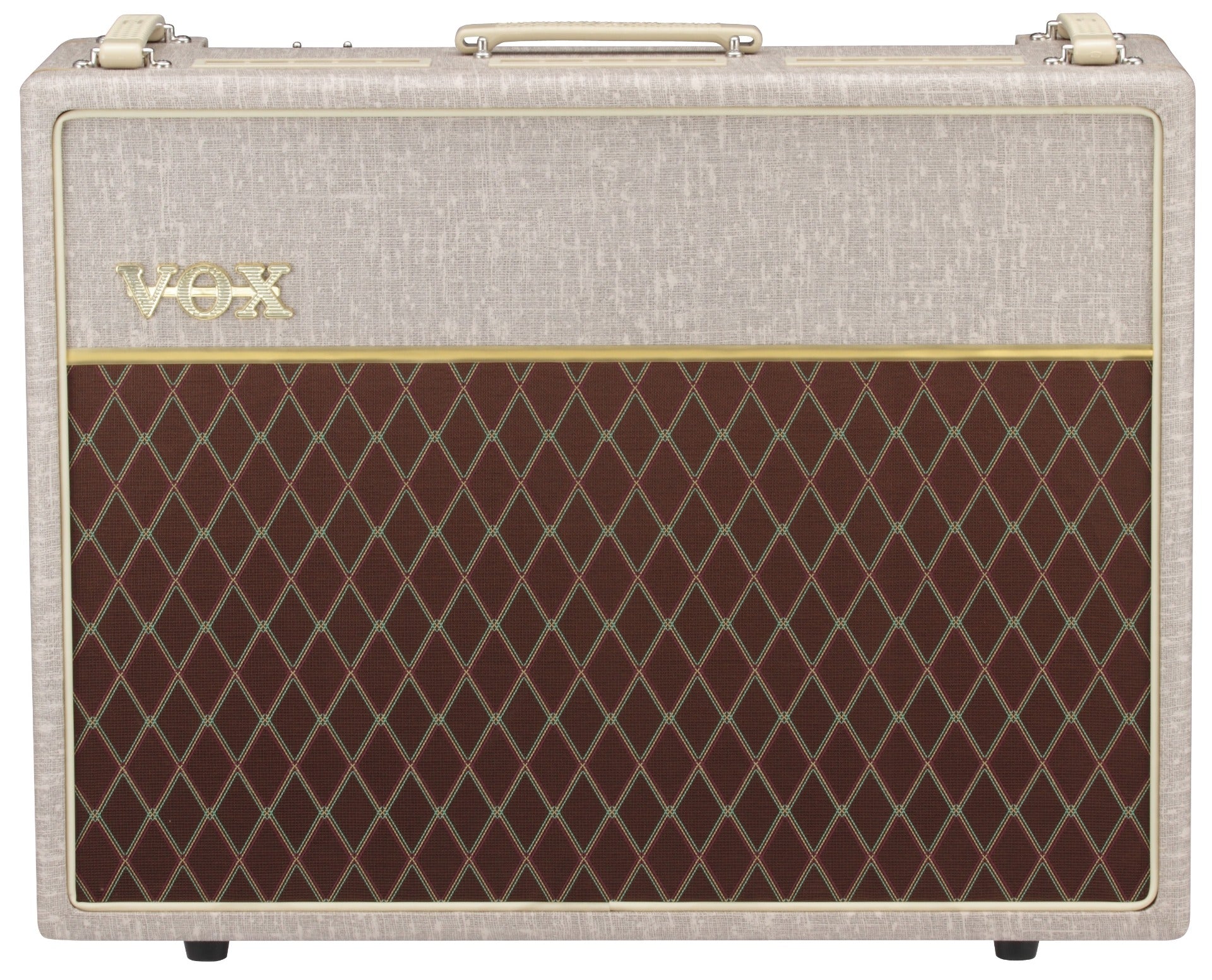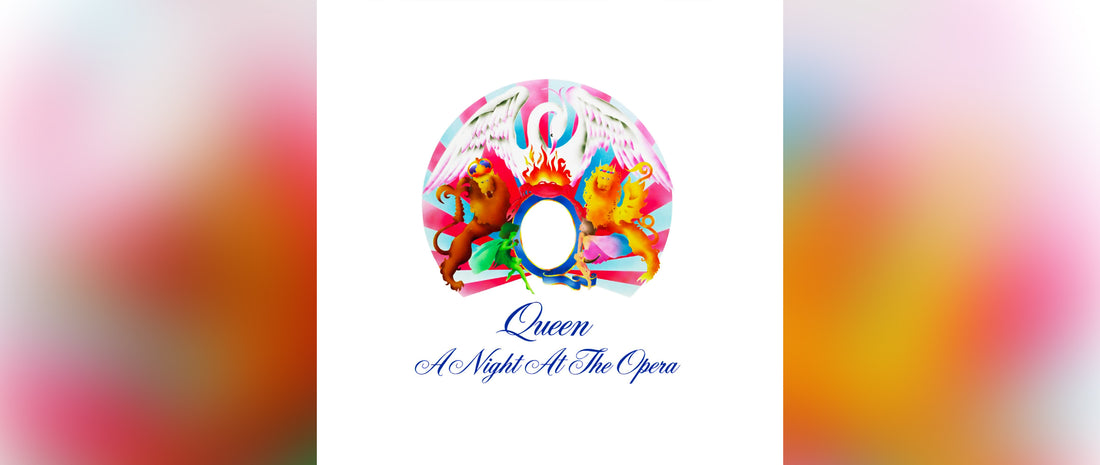

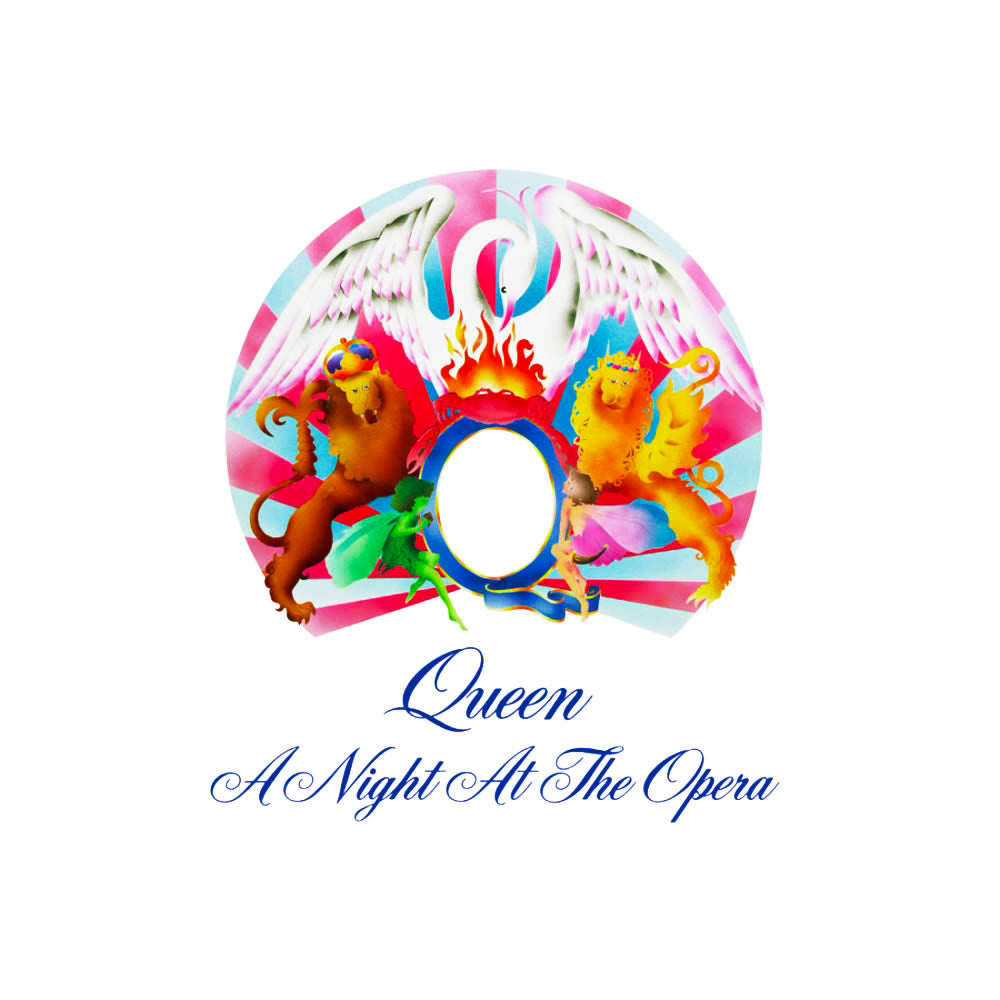
The band “Queen” is among the most unusual standouts ever to thrive in the world of Rock and Roll. Queen’s musical style varies wildly, stepping outside Rock and Roll entirely (without letting anyone really notice). Queen built their entire empire creating surprises and sculpting whatever musical style they wanted until it fit like a glove in the Rock band format.
“A Night at the Opera” is Queen at their most experimental, and ambitiously crazy best. In fact, A Night at the Opera might be one of the most eclectic jaunts any Rock band ever set out on. “A Night at the Opera” is a complete and fulfilling album, even without its most famous song, unlikely hit, and crowning jewel, “Bohemian Rhapsody.”
“Rock and Roll Cabaret” might be the closest term you’ll find when defining the unique genre of Queen's classic “A Night at the Opera.” Although quite varied, the songs flow together well. It’s melodic, emotionally mixed, complex (yet fun), satisfying, and diverse as any Rock and Roll album ever dares.
Closing in on 45 years since the release of “A Night at the Opera” it’s safe to say is an impossible success. “Bohemian Rhapsody” seems to have its own fountain of youth built into its framework. Every 10 or 15 years the song finds a new audience-notably Wayne’s World (1992), and most recently in the Bio-Drama Bohemian Rhapsody (2018). Though not a strictly “Rock and Roll album, A Night at the Opera is one of Rock music’s greatest successes, elevating Queen to Rock and Roll Superstar status. Accolades include two Grammy nominations, Queen's first certified Platinum album (UK and USA). The epic 6-minute Freddy Mercury-penned single “Bohemian Rhapsody” hit #1 in over 20 countries, and scored top 10 spots in the UK, and USA. As of 2018 (43 years after its release), Bohemian Rhapsody became the most downloaded song in history.
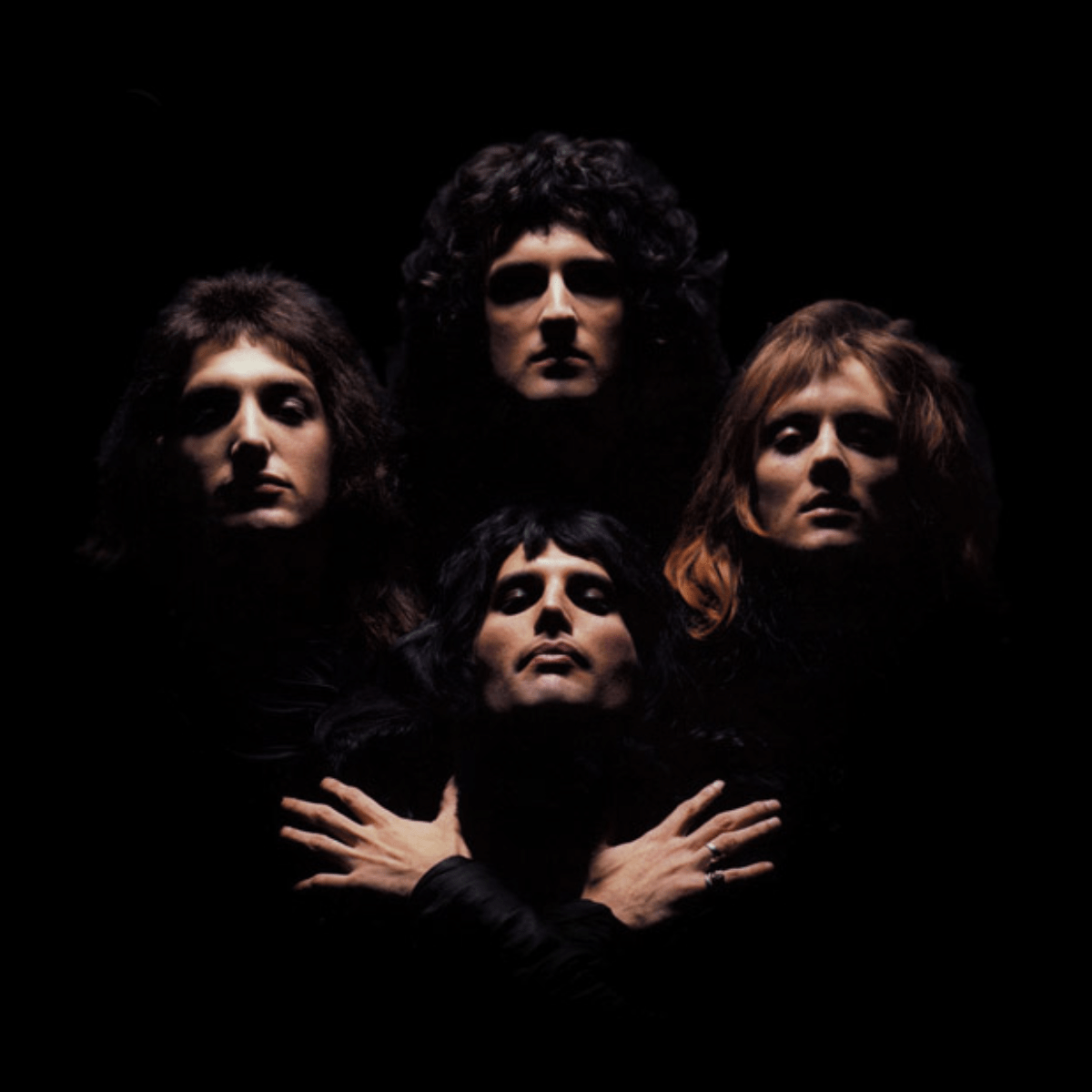
Photo of Queen taken from the photo sessions of their second album, which would inspire the look of the promotional film for "Bohemian Rhapsody"
Queen pushed the limits of what was available in 1975. “A Night at the Opera” was created with the help of one of the first 24-track tape machines available, in the U.K. Queen used all 24 tracks (and then some) to create the otherwise impossible multilayered Guitar and Vocal orchestrations heard on “Bohemian Rhapsody”, “Good Company”, “Lazing on a Sunday Afternoon”, “God Save the Queen” and elsewhere on this landmark Rock and Roll masterstroke.
Brian May’s experimentation with unique guitar tones and creative sound-on-sound techniques fill “A Night at the Opera” with organically created sonic surprises. May convincingly duplicates the sound of various strings and reeds as well as open, and muted brass instruments.
Brian May’s father and son-built masterpiece Electric Guitar (known as the Red Special) is an essential part of “A Night at the Opera”. It’s also a big part of Brian May’s instantly recognizable tone and Queen’s entire body of work. The stellar craftsmanship and design elements used to build the “Red Special” all contribute to its unique sound, but its versatility comes from an ingenious, ahead-of-the-times pickup wiring/switching system.

Brian May on-stage with the Red Special at the O2 Arena in London in 2017
In 1975, Brian May’s “Red Special” was probably the most electrically-versatile guitar in the world. The Red Special features three Burns Trisonic (single coil) pickups, wired in series or parallel. A feature that makes any combination of true humbucking and single coil tones available. Each pickup also features an individually controllable polarity (phase) selector. Any pickup combination can be set in or out of phase with each other- making that thin “between positions” quack just the flick of a switch away. All told, the Red Special can produce dozens of different tonal combinations before the player touches the onboard volume & tone controls, outboard effects, or amp.
A 5-way blade and push-pull coil tapping capabilities give you lots of sonic options. Fender’s HSS Player Plus Strat can run the bridge pickup as a humbucker or single coil (position 5). Positions 2 and 4 on the 5-way blade give you out-of-phase quack, while positions 1 and 3 (or 5) provide a sharp, crisp single coil tone.
The PRS S2-CST24 gives you a full two-octave neck, and a wide range of single coil, Humbucking, and out-of-phase sounds, thanks to a three-way blade, and push-pull tone pot.
For a more affordable option from PRS, the SE Custom 24 gets its versatility from a pair of humbuckers wired to a 3-way toggle, and push-pull pots, for those oh-so-important, focused out-of-phase tones.
Charvel has been at the leading edge of guitar technology since the late 70s. It’s no surprise this 24-fret humbucker-driven beast can get you into a wide range of sonic territory with its 5-way blade selector and tone shaping mini toggle.
The super affordable and super versatile Ibanez “AZ” models feature the “dyna-mix 9” electronics package. True single coil and Humbucking pickups can be run in or out of phase, producing 9 different tones.
PRS S2 Custom 24 Electric Guitar, Fire Red Burst
+ Free Shipping
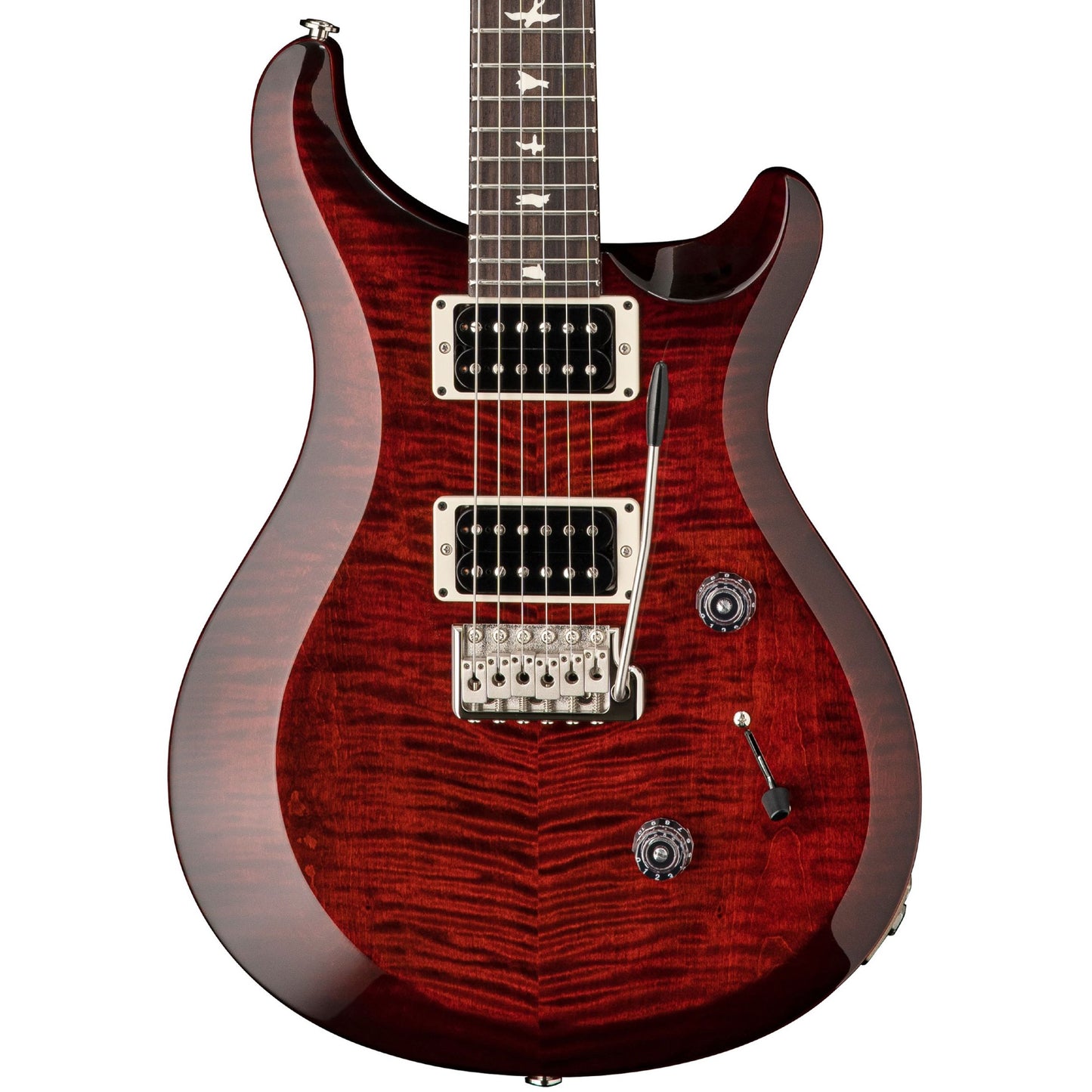


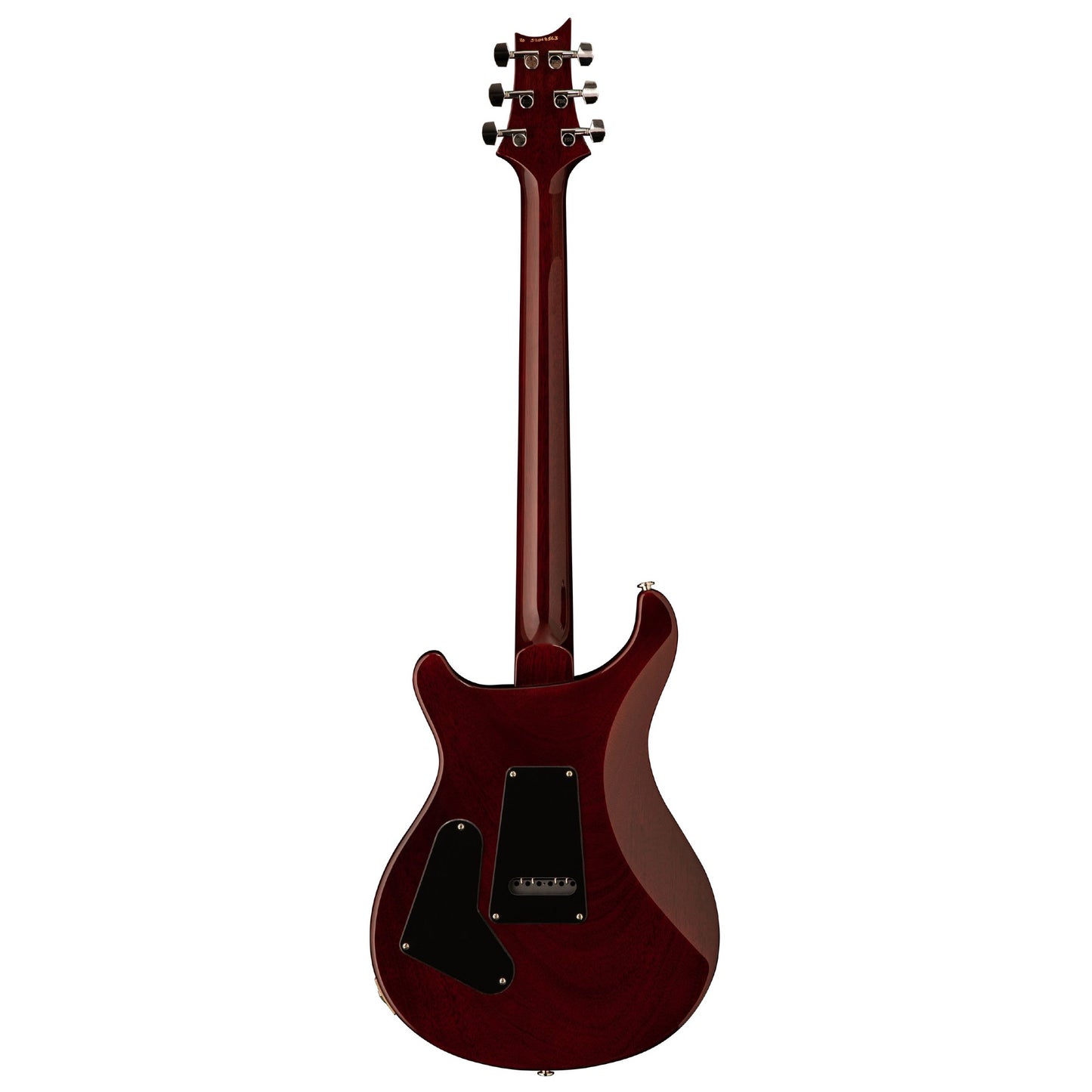
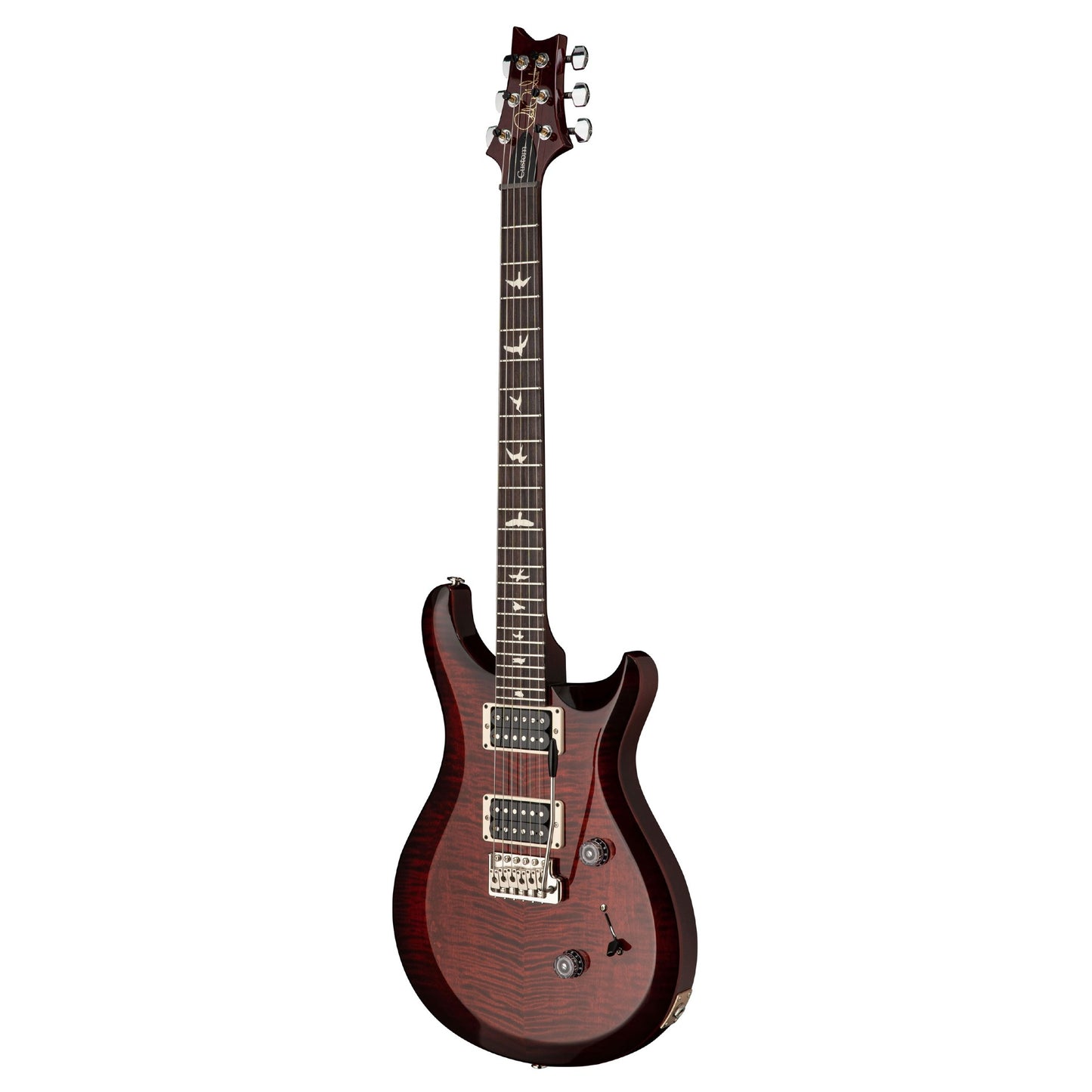


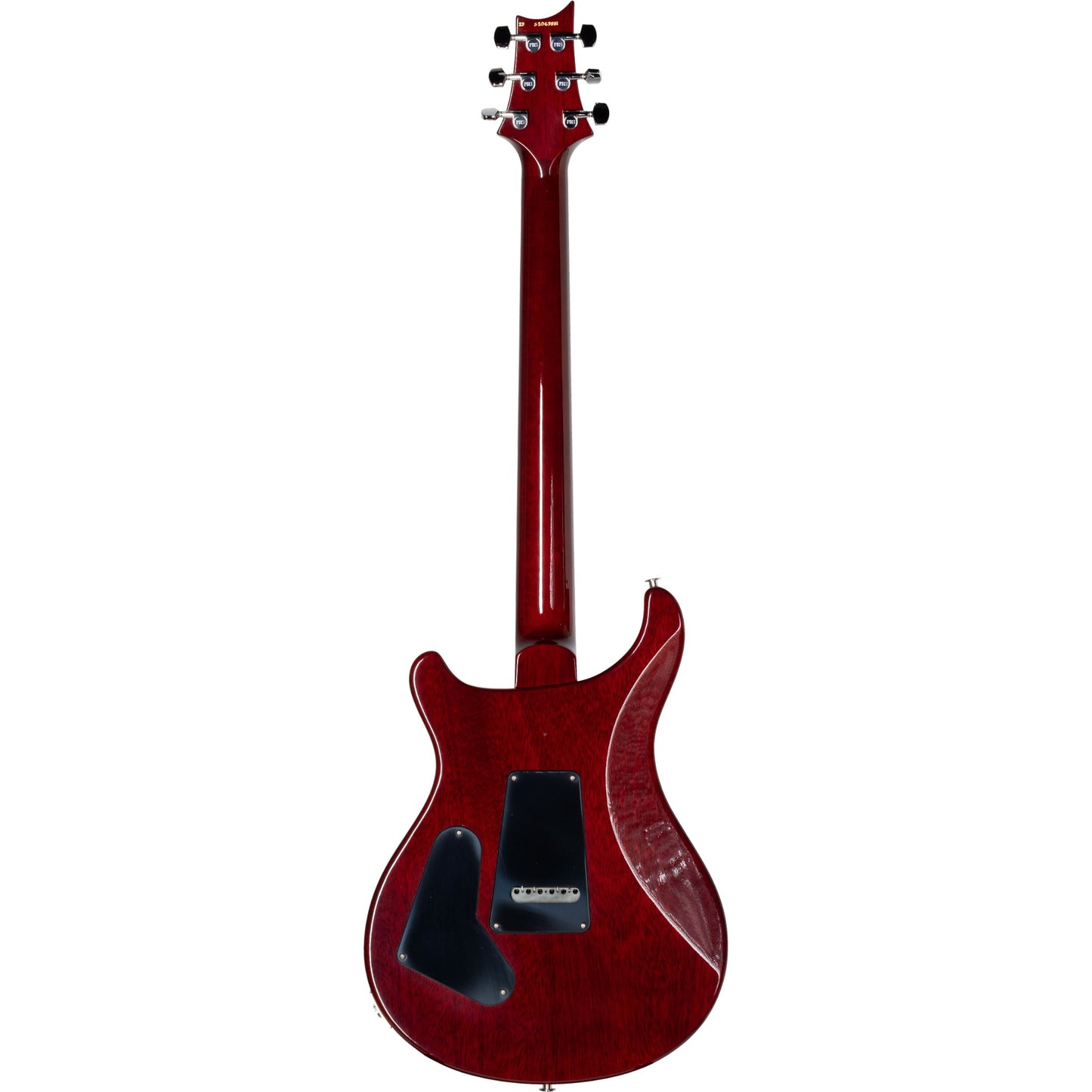
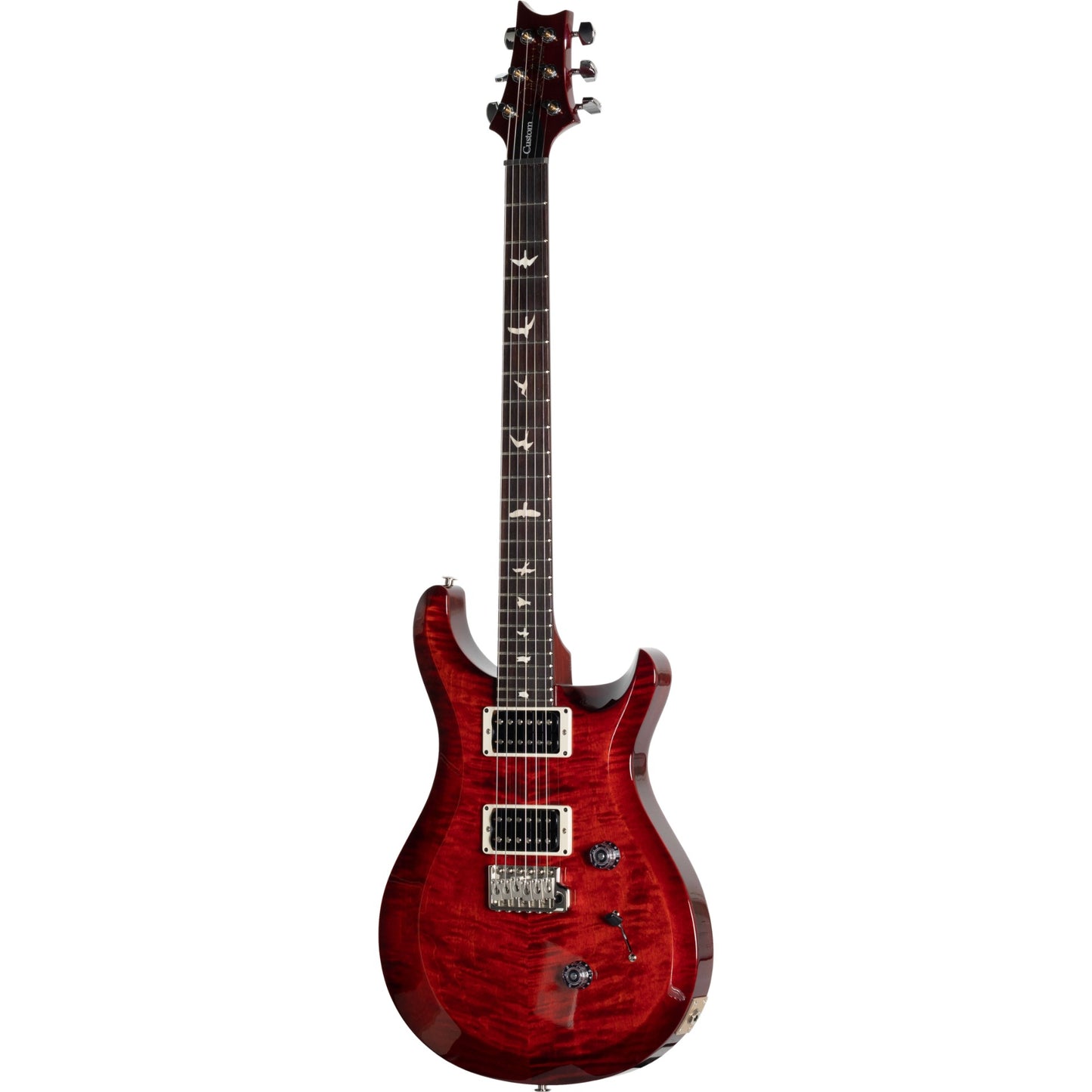
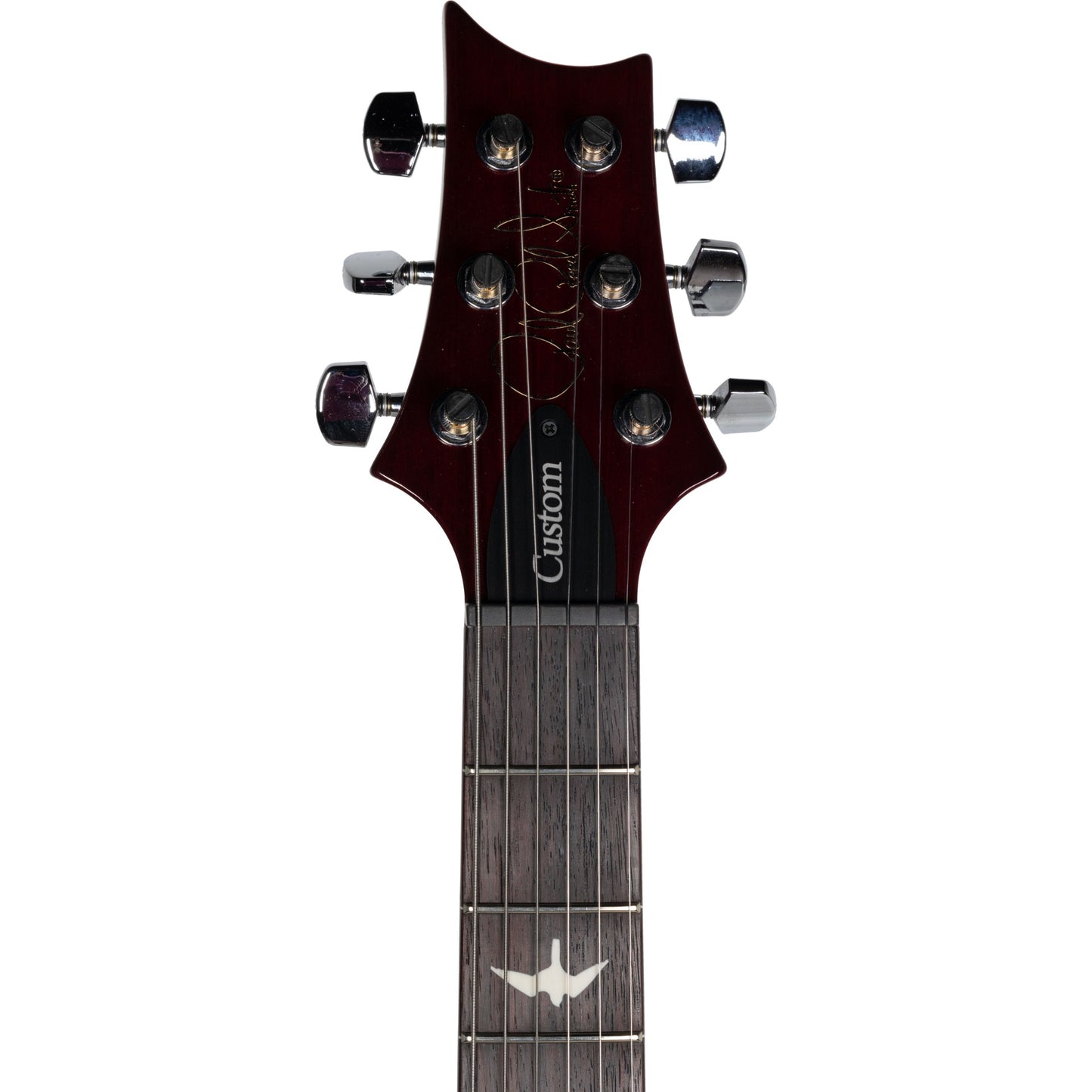

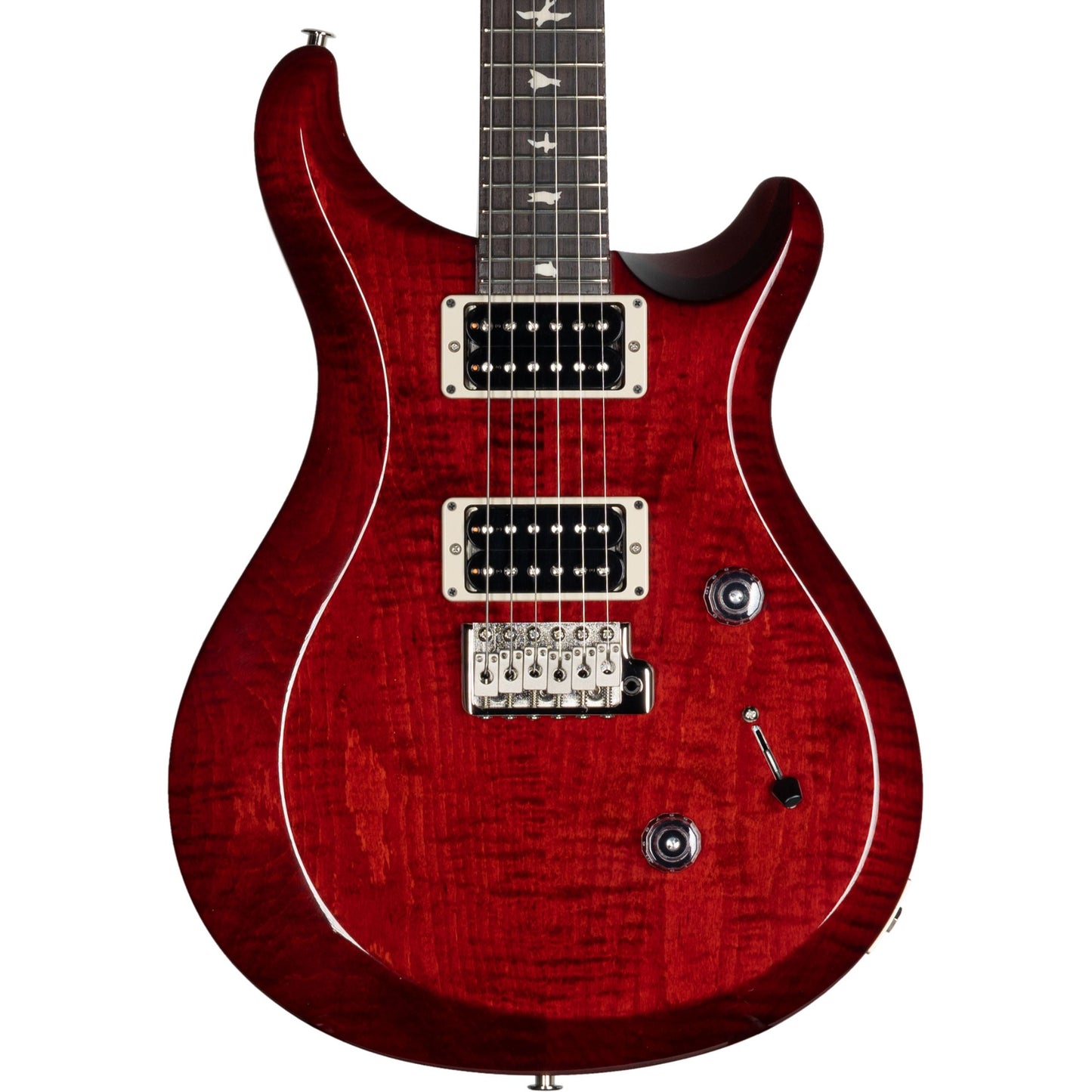
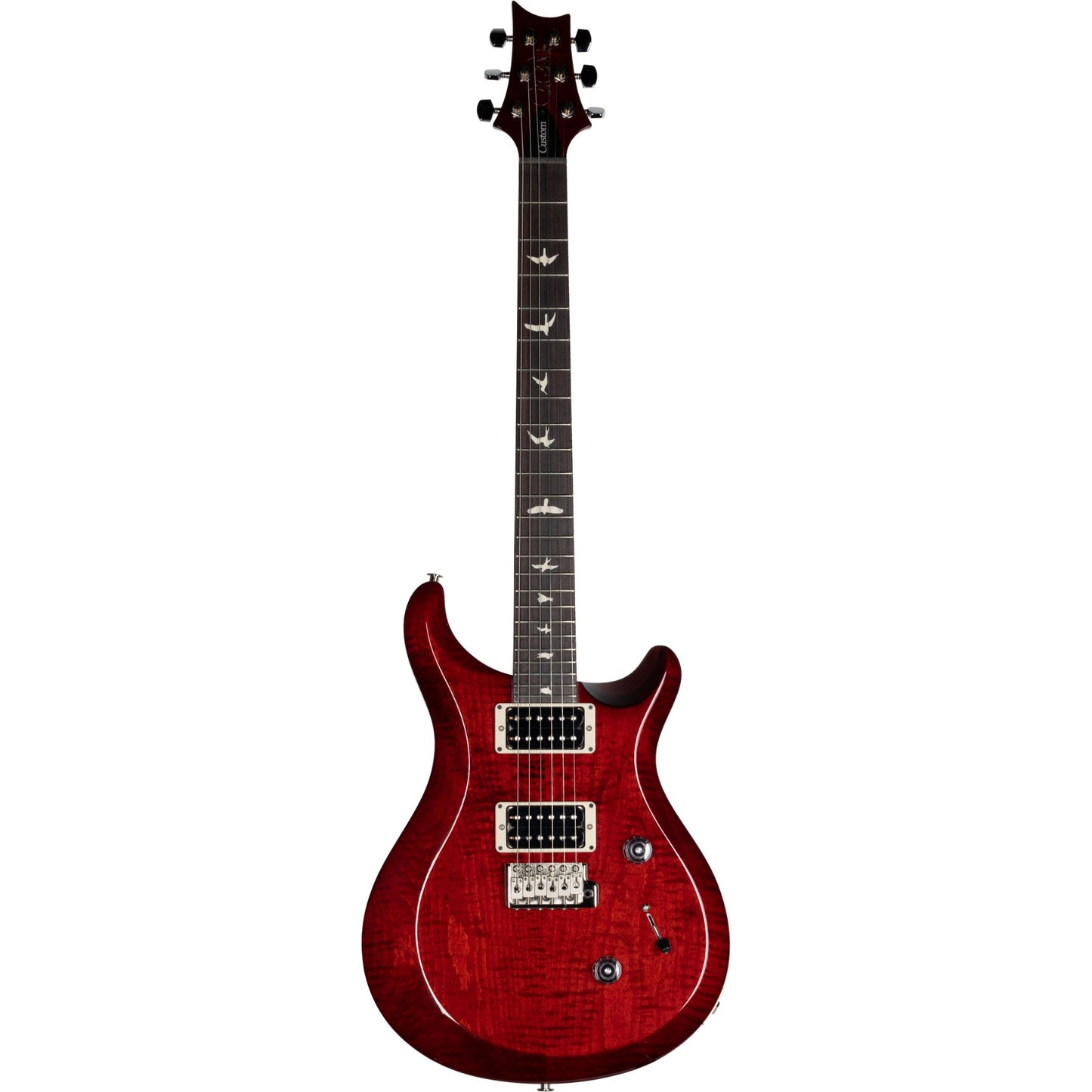

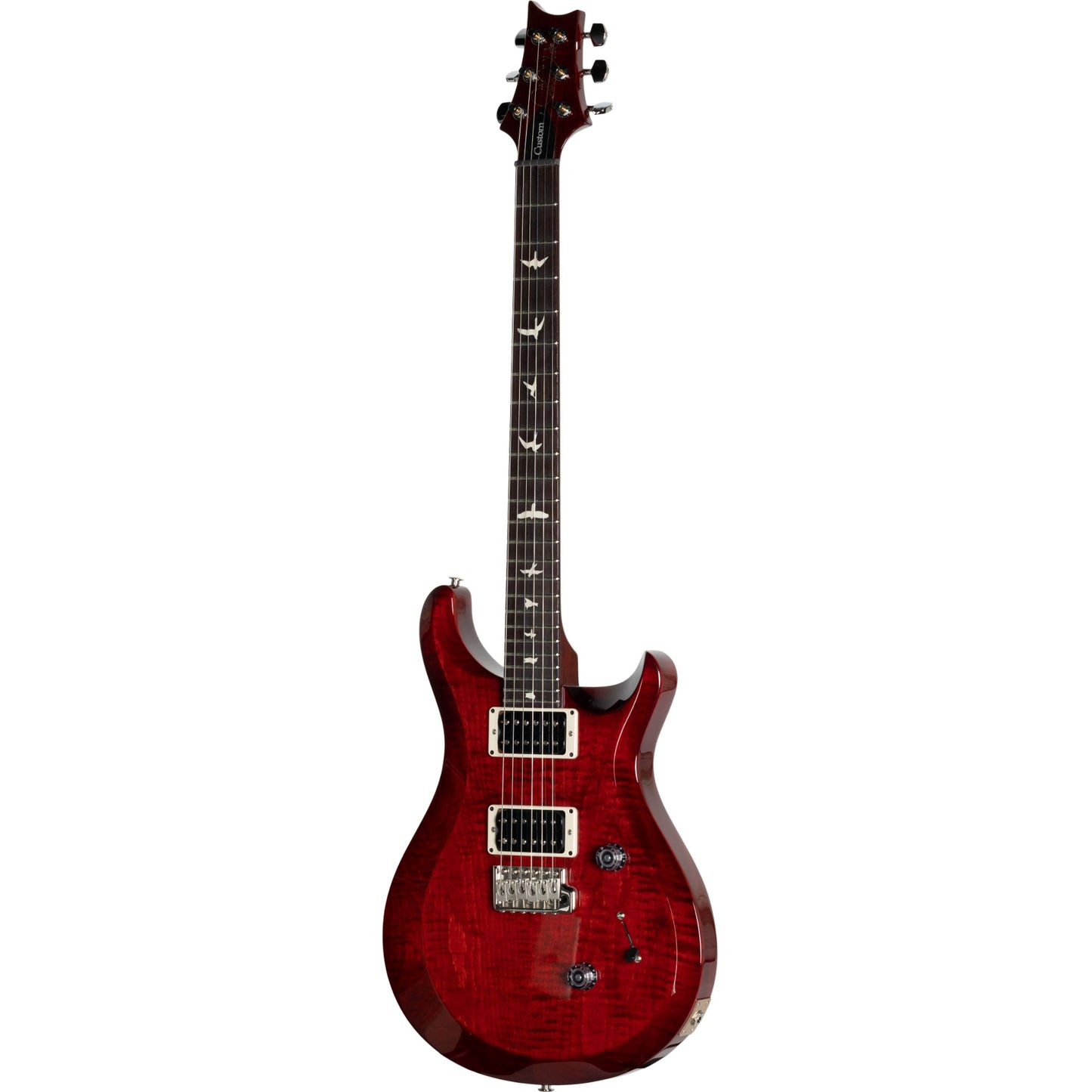
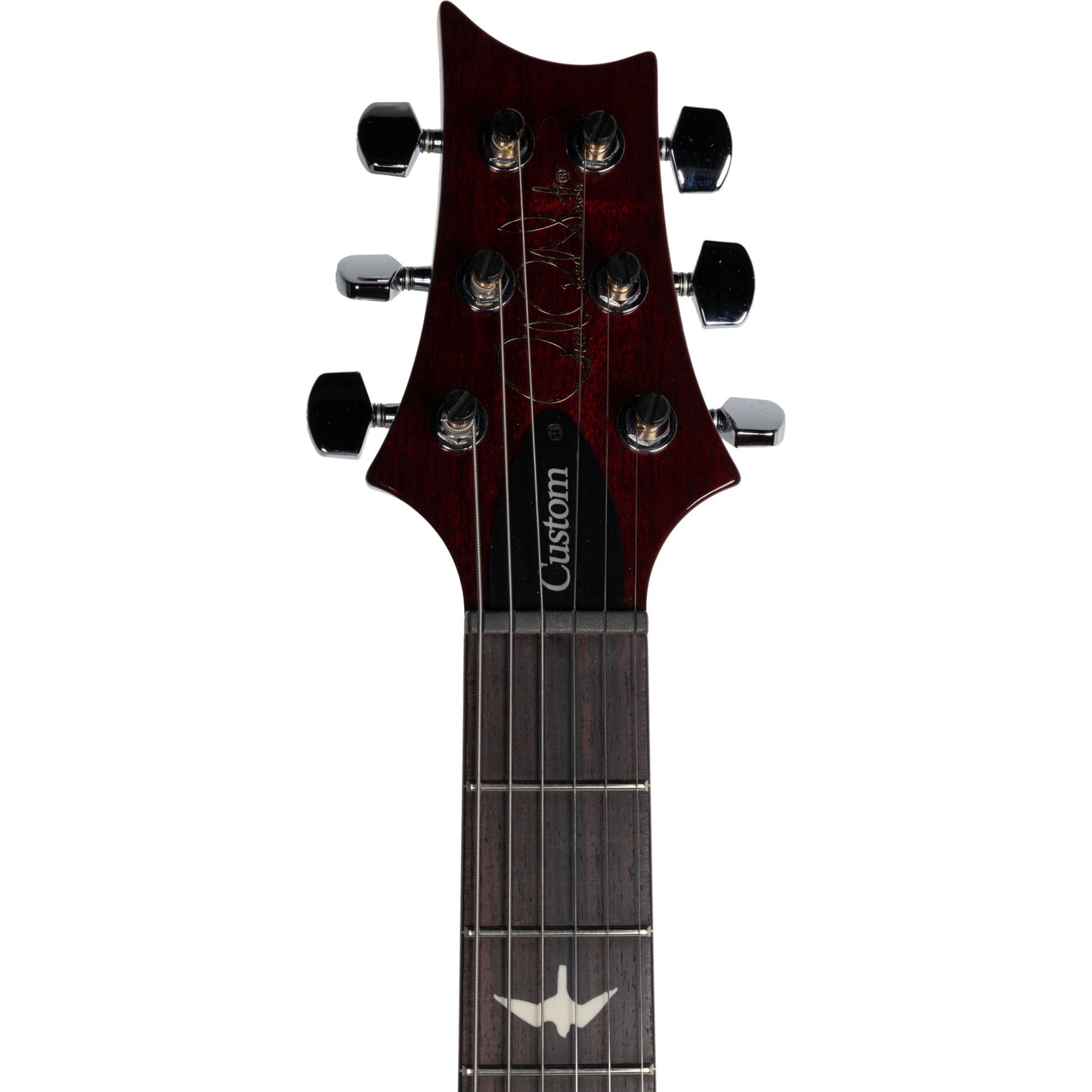

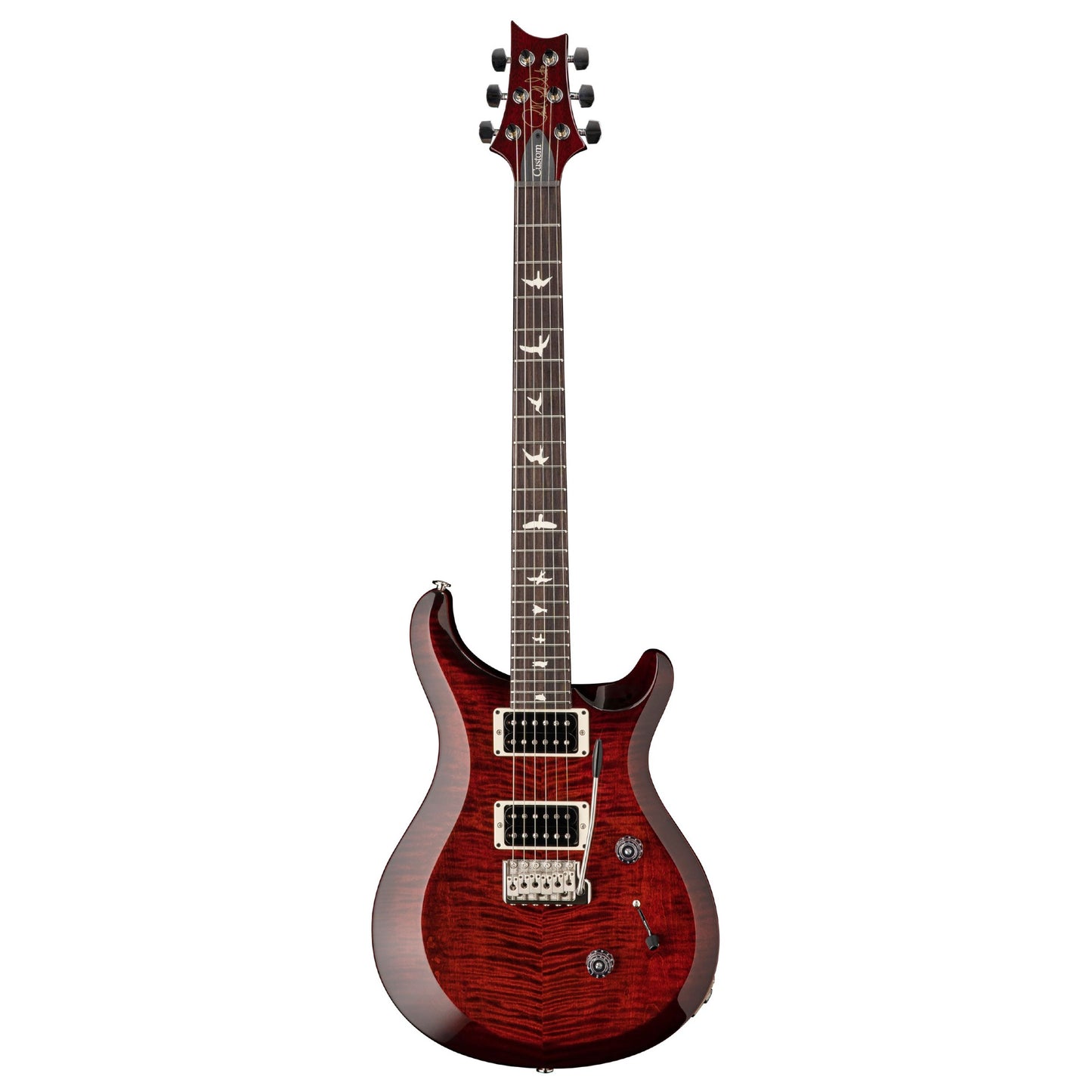
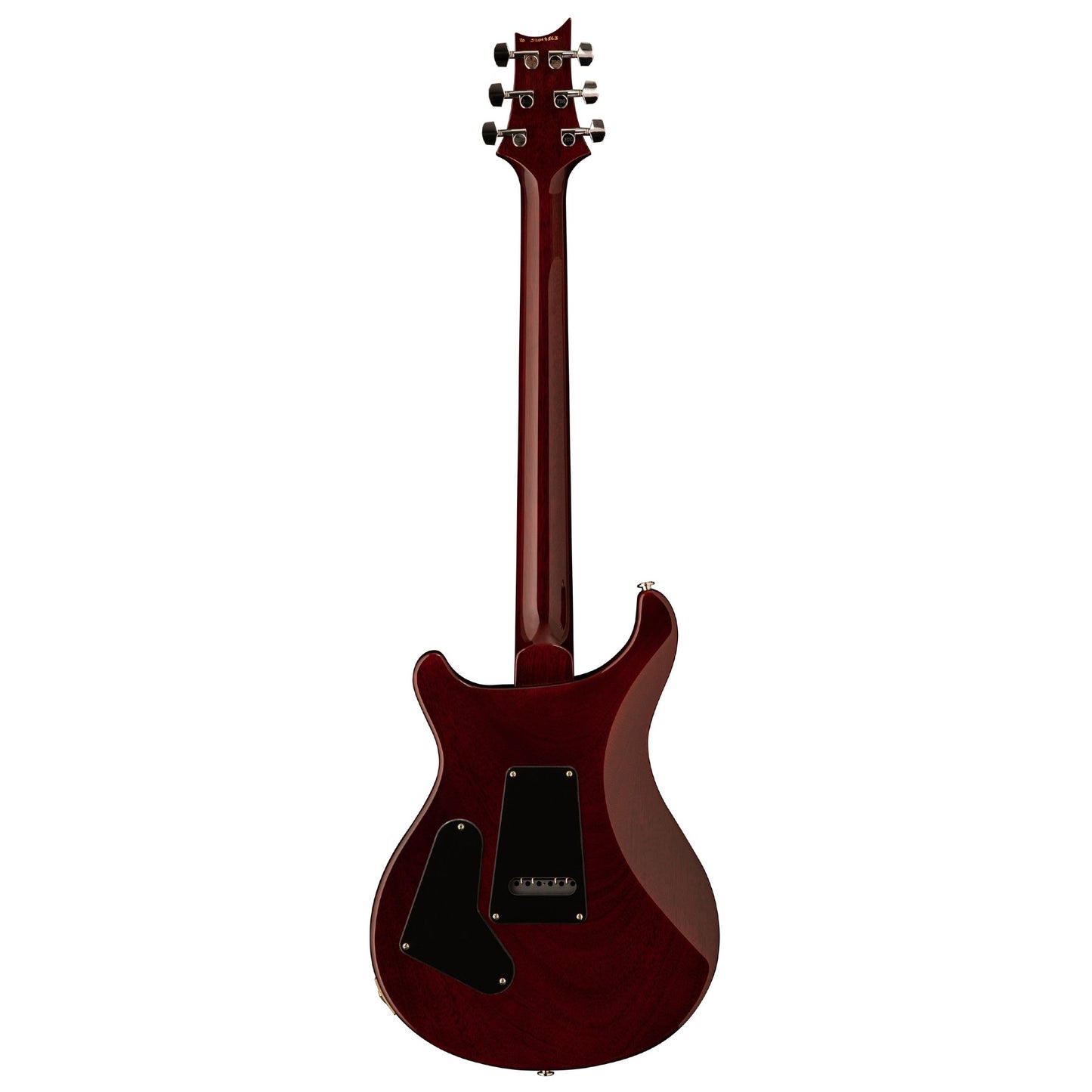
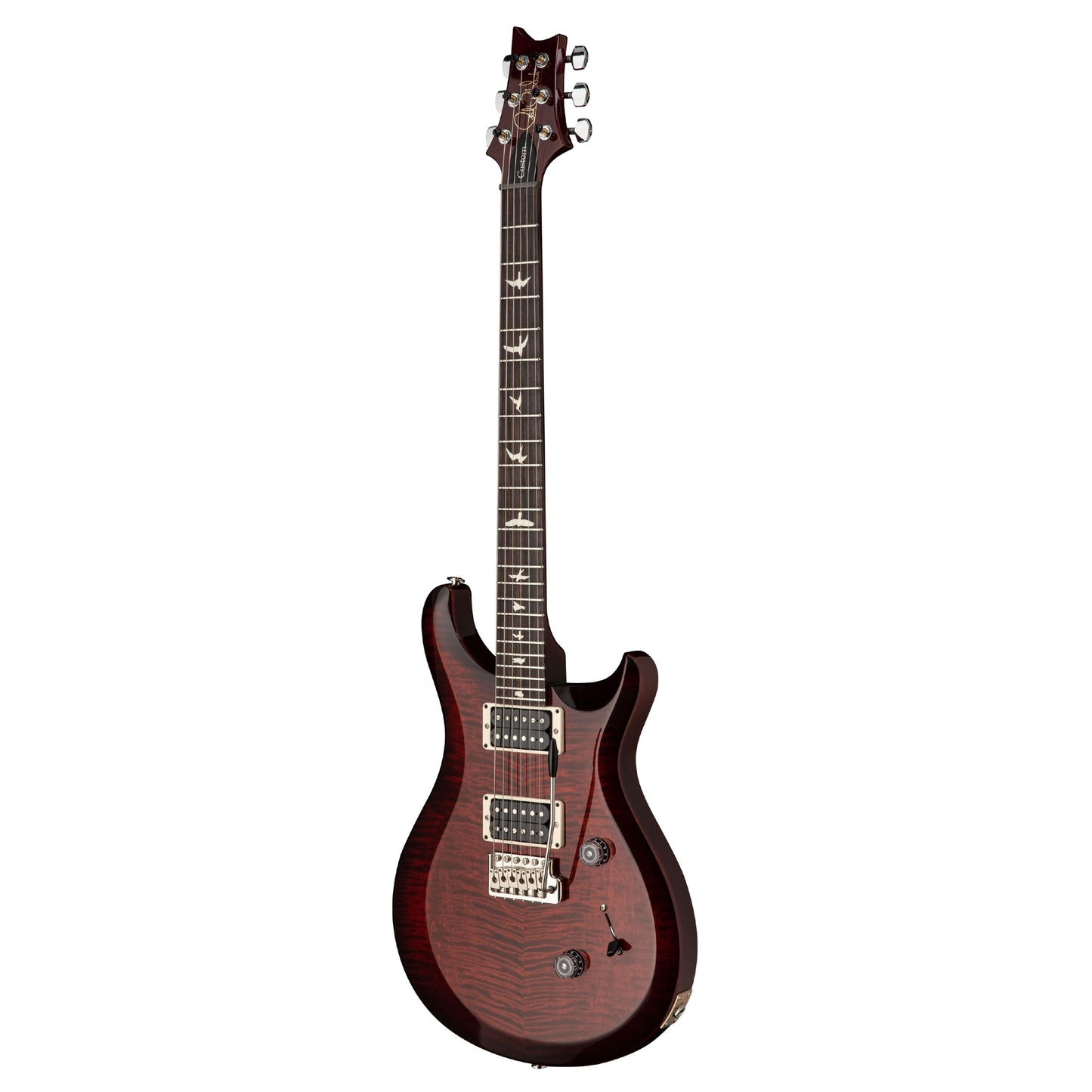
Example product title
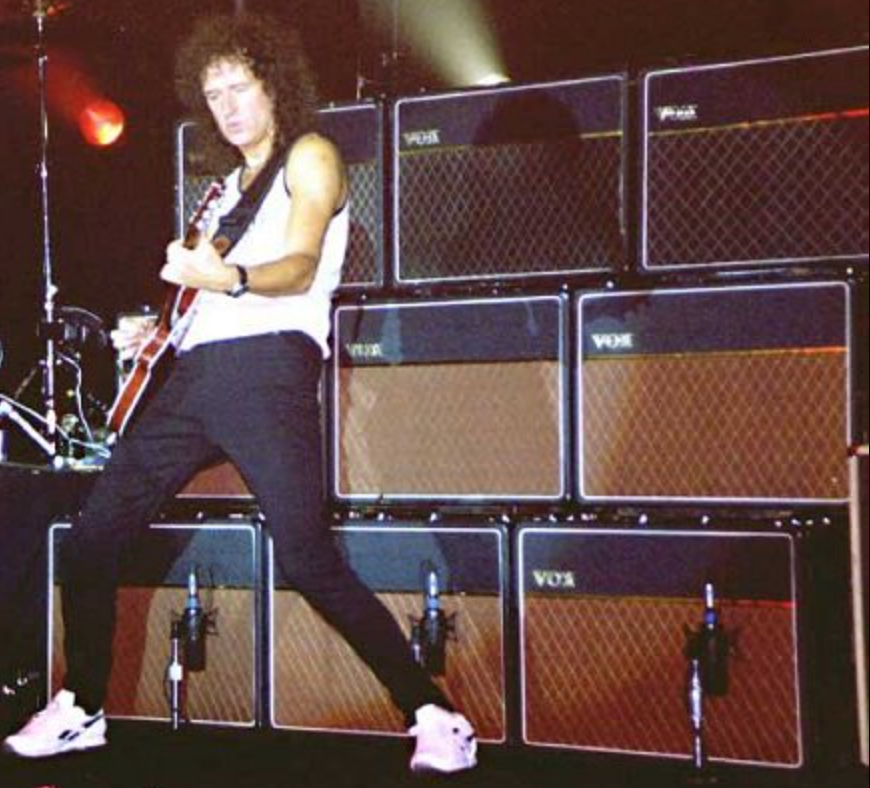
Brian May with stacks of Vox AC30 amps
The Vox AC-30 can be heard on some of Rock and Roll's most well-known songs (including the Beatles ‘Day Tripper’ and Deep Purples ‘Smoke on the Water’). Though an endless list of guitar heroes are known using the timeless classic, Brian May is arguably the most noted champion of the legendary AC30.
May is known for using the normal (non-Top Boost) channel with the volume wide open, controlling the loudness and harmonic distortion with the volume pot on his guitar. Brian’s AC-30s were made before the “master volume” circuit, so this technique got pretty loud. The 30-watt AC-30 is an incredibly powerful amp- For compassion’s sake, a Pneumatic Jack Hammer kicks out about 120db. A fully cranked AC-30 can produce 130 db. So…we definitely recommend using one of Vox’s modern master volume-equipped AC-30 combos if you are going to try capturing Brian May’s tone the “Old School” way. Vox’s core model AC30 and AC15 deliver the AC30’s unmistakable voice, with modern features like a master volume and half power switch. Each has a “normal” channel (like Brian May favors), and a classic Top Boost channel.
If you wanna go all in, the Vox AC-30 hand-wired edition will get you unbelievably close to the sound of priceless, well-maintained early 60’s AC-30. Both the Vox AC30HW and AC15HW feature the option to engage a modern-style master volume and half power switch.
Vox AC30HW2 Handwired 2x12" Combo
+ Free Shipping
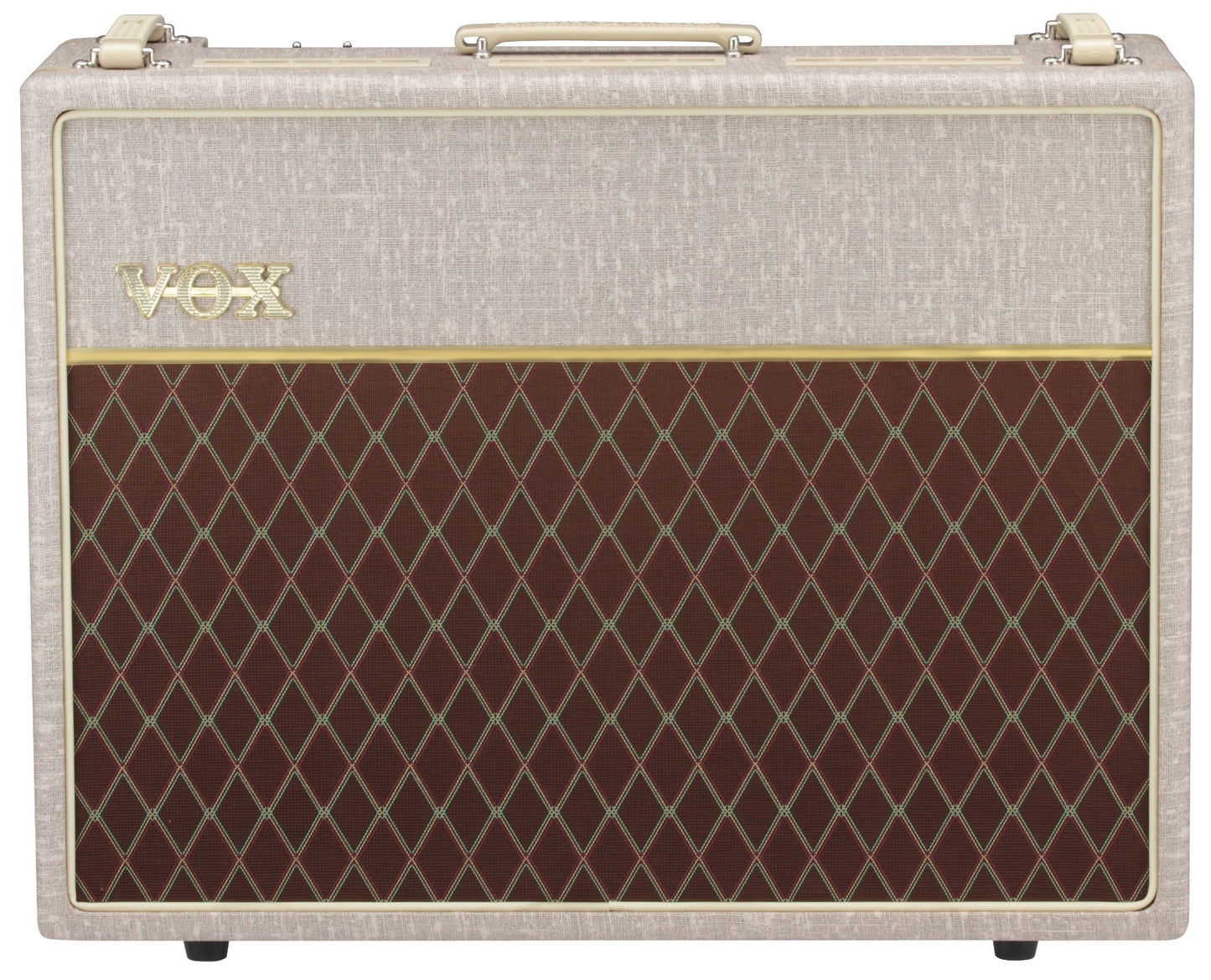
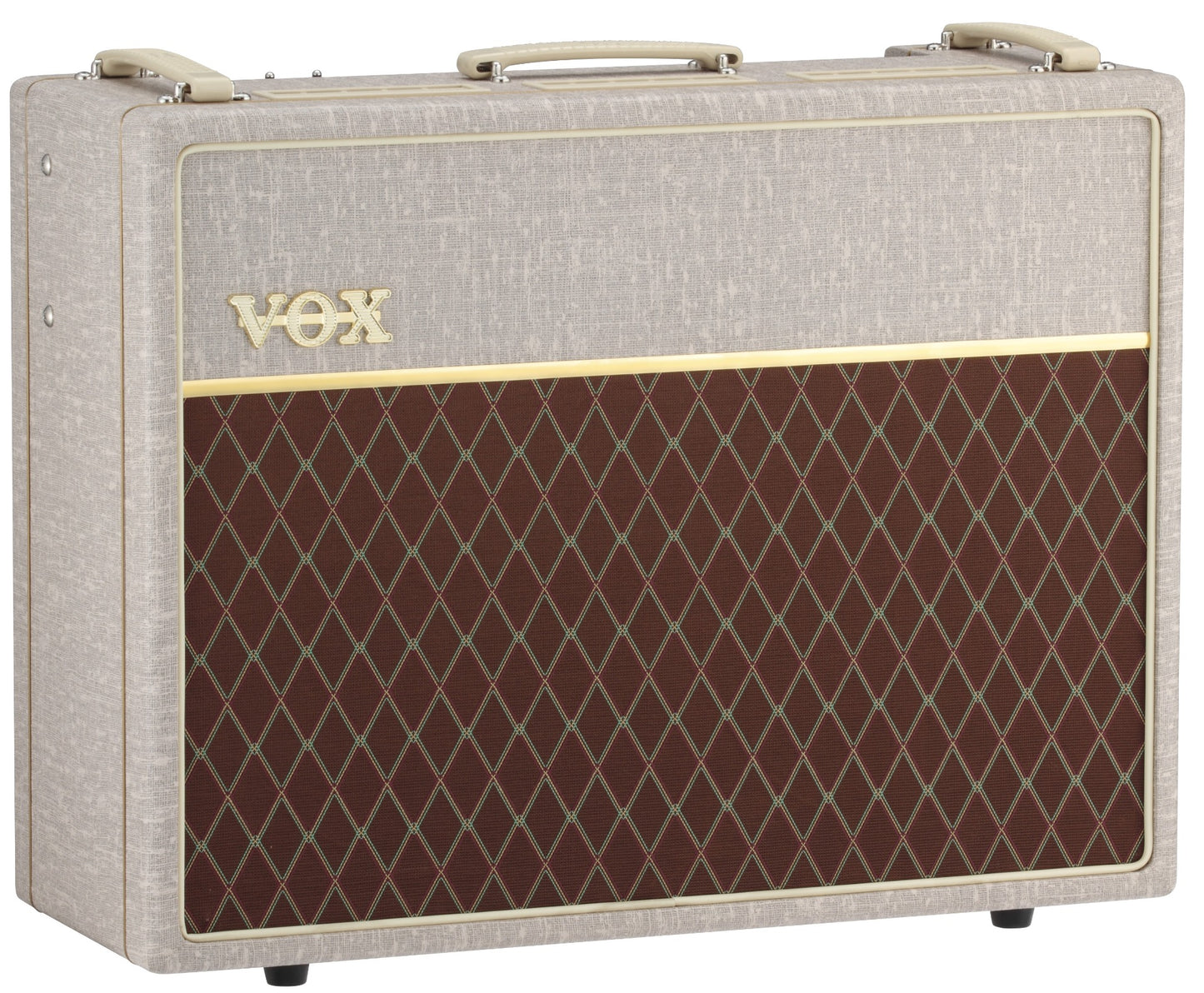
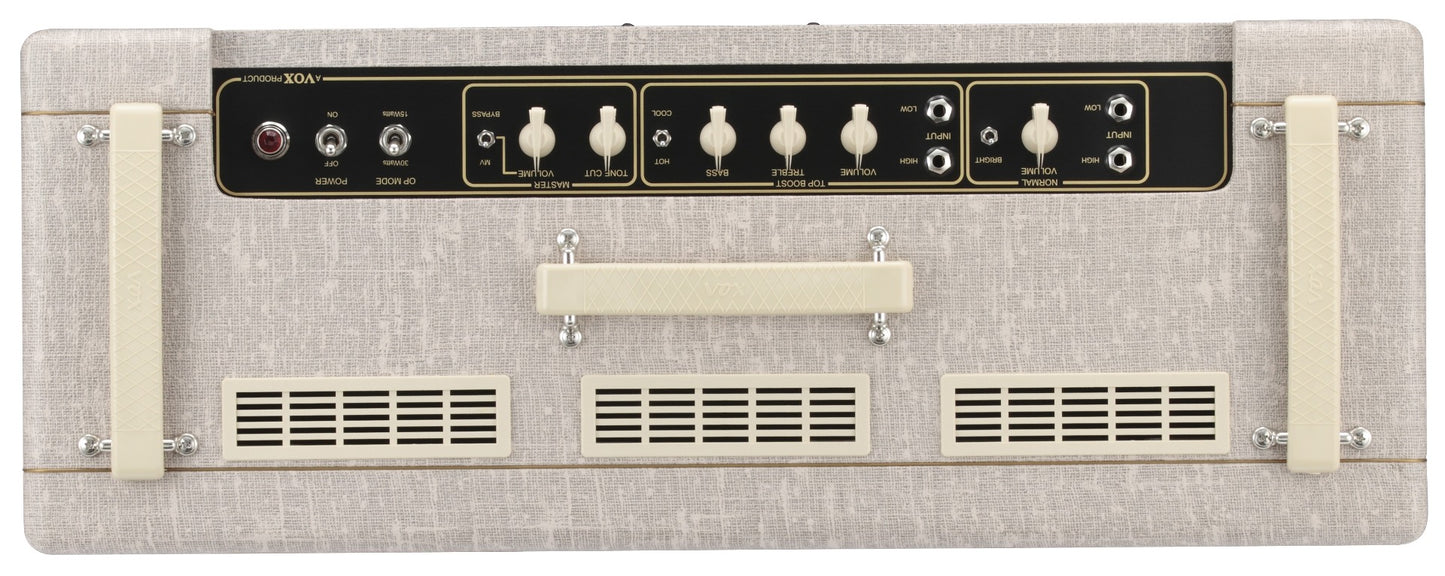
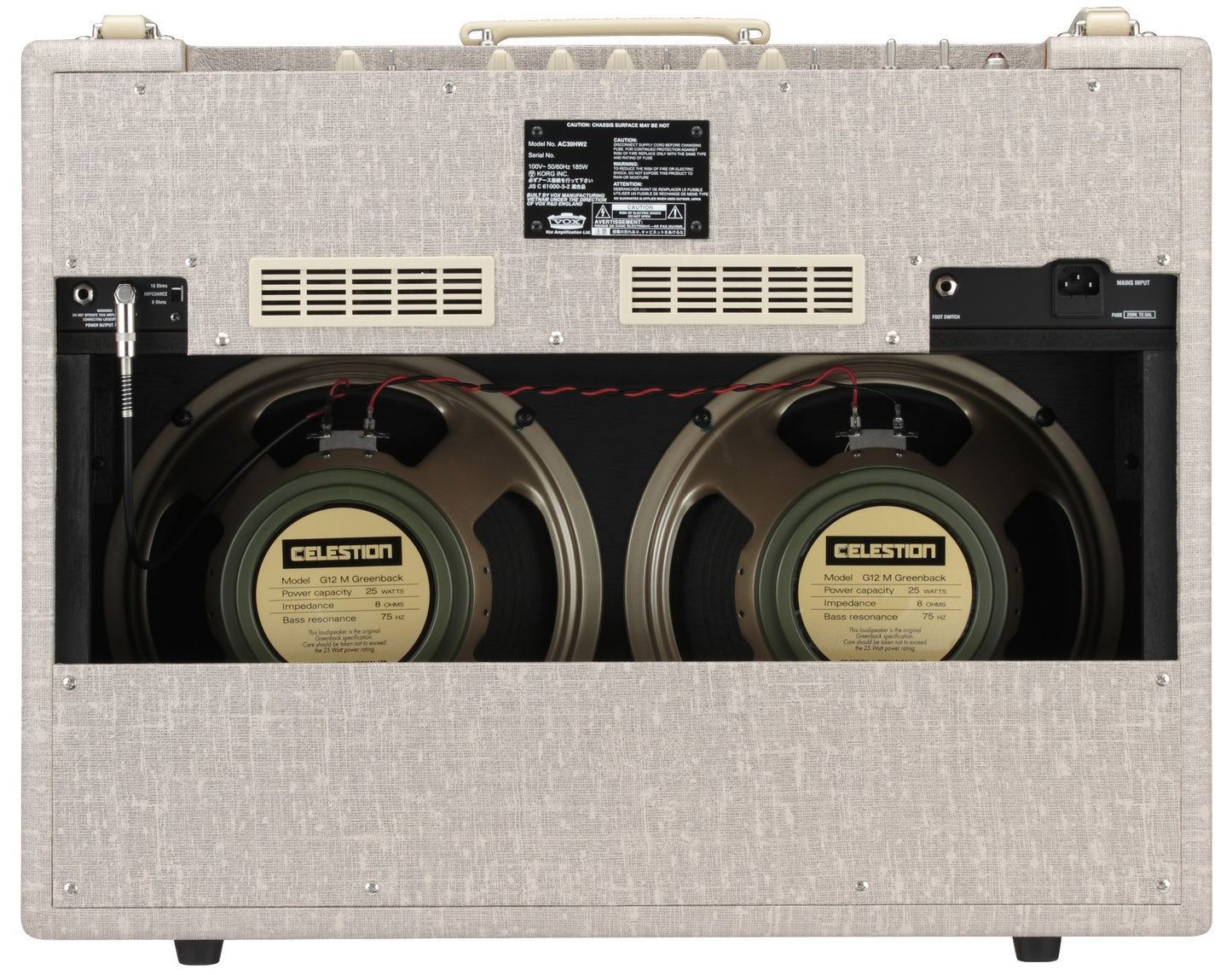
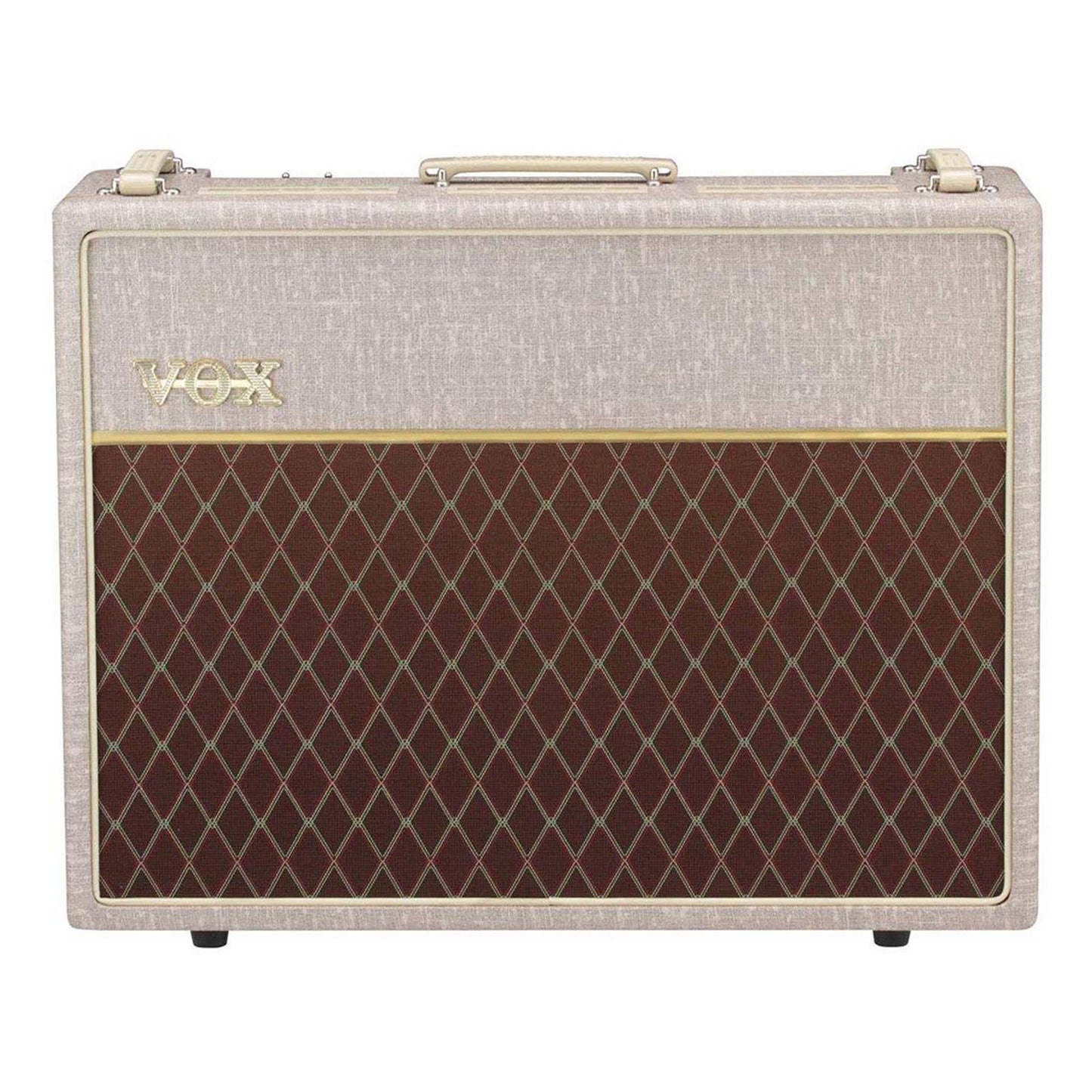
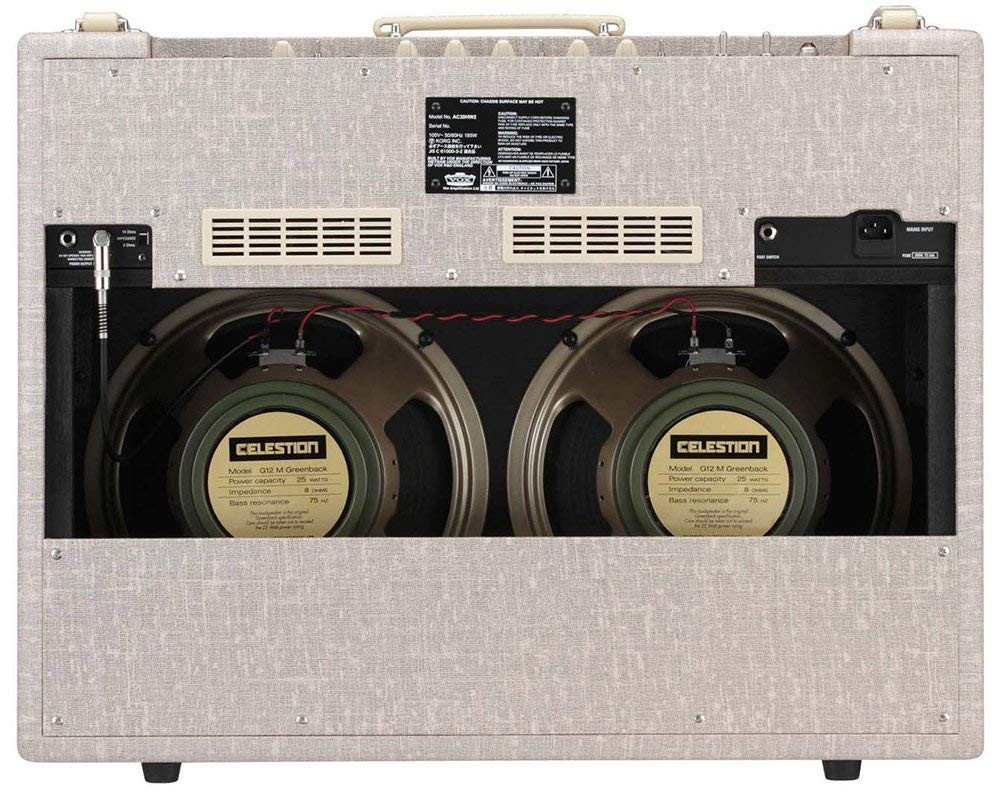
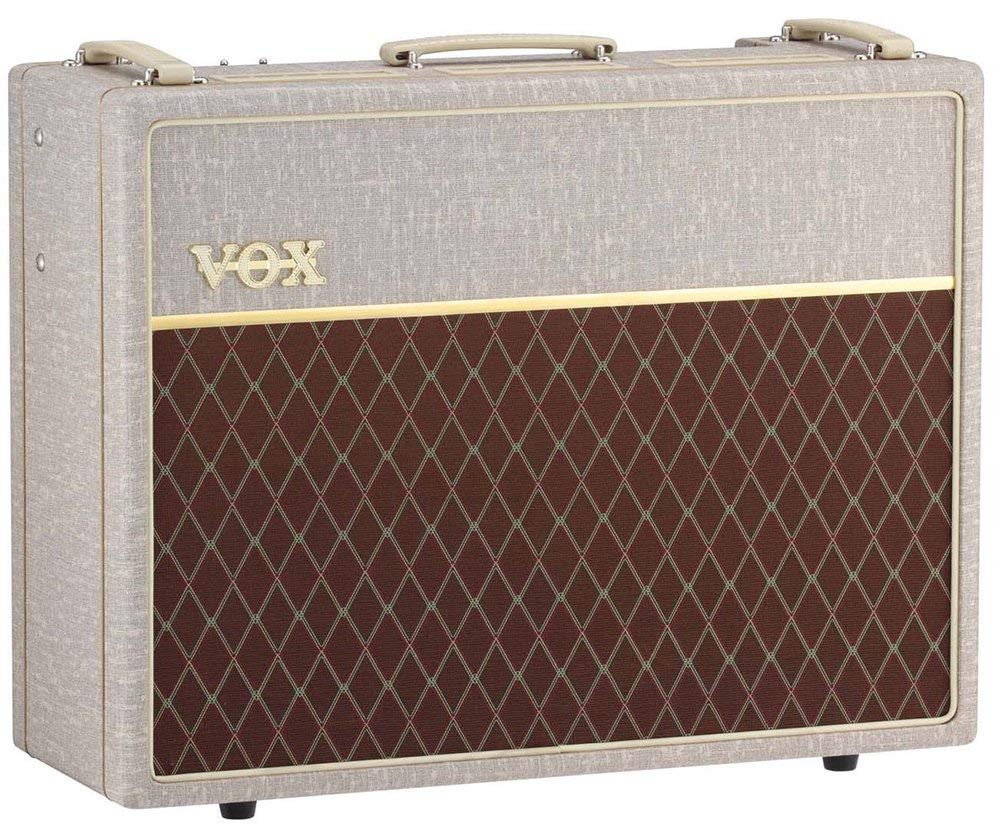

The Dallas Brand ‘Rangemaster’ amp top Treble booster
The Treble booster is an absolutely essential part of Brian May’s signature tone. The Dallas Brand ‘Rangemaster’ amp top Treble booster hit the stores in 1966. By the time "A Night at the Opera" was recorded, the little amp-top effect had already been discontinued.
It’s not surprising that many of today’s guitars are unfamiliar with treble boosters. Even the term “Treble Booster” is a little misleading to a player that has never used one. The Treble booster does boost high frequencies, but not with subtlety, or high fidelity. The Rangemaster (and other Treble boosters) sound more like a wild and unruly Germanium overdrive with a boost in the upper mids. Pairing a Treble booster with the fairly dark-sounding amp (like the AC-30) added rich upper-harmonics and could whip an already naturally overdriven amp into a frenzy. The sound is glorious. A recent resurgence of interest in the treble booster has put some high-quality, and somewhat more versatile treble boosters back on music shop shelves.

Brian May used an Italian made Jennings’s era Vox Wah on “Opera.” May used the Wah more like a tone shaping device, than rocking it back and forth for the traditional “Wah-Wah” sound. Leaving the Wah “cocked” or “parked” at a particular frequency, opens up a world of harmonic overtones (especially with an overdriven amp). Thankfully, the Vintage style Wah has never gone out of style and production.
Brian's subtle use of the Phase Shifter is all over “Opera.” Like the Red Special, AC-30, and Treble booster, a phaser has always been a part of Brian May’s rig. A Night at the Opera featured the distinctive 6-stage Foxx Foot Phaser. Although Foxx pedals are long gone, plenty of great alternatives are available today.

Bassist John Decan built a battery-operated mini guitar amp, using parts of a discarded transistor radio he found. Brian plugged the power-pushing treble booster into the little amp, driving it into heavy distortion and sustain. Without the happenstance of the Deacey, Brian’s Guitar orchestration of “God Save the Queen” may have never come to fruition.
Brian May used an Italian made Jennings’s era Vox Wah on “Opera.” May used the Wah more like a tone shaping device, than rocking it back and forth for the traditional “Wah-Wah” sound. Leaving the Wah “cocked” or “parked” at a particular frequency, opens up a world of harmonic overtones (especially with an overdriven amp). Thankfully, the Vintage style Wah has never gone out of style and production.

A Studer A80 24-track recorder
A Night at the Opera pushes the limits of the tape Echo (namely, the Echoplex) into uncharted territory. Creative use of Echo/sound on sound tape delays made harmonized vocal and guitar cannon passages possible, with only one voice, or one guitar. The Profits song is the longest-running track on A Night at the Opera (over 8 minutes) and features the most ambitious use of the portable “tape echo” to date. The profits song wails and whines with the sound of Brian’s “signature” guitar tone, and Queen's thick vocal harmony. At the three-and-a-half-minute mark, all instrumental backing tracks go silent, leaving Freddy Mercury performing a vocal cannon with…. Freddy Mercury.
The “Echoplex” works by recording your input (instrument or vocal) onto a looping tape loop. A secondary tape head plays your input back, like an echo. The Echoplex has a manually operated lever, that allows the user to control the distance between the two tape heads, making the “echo” effect longer or shorter. The problem? The Echoplex could not provide a long enough delay to create the three-part harmony needed for the “Prophets Song”. At the time, no sound-on-sound device was capable of such a long delay, and digital devices were still years away. In order to capture a sample long enough, May calculated needing an echoplex that was about 6 feet long. Brian and the boys at Rockfield Studio conjured up an interesting solution. Two Echoplex machines were coupled by one length of tape, at opposite sides of the room. The delicate operation must have been nerve-wracking- - but it worked!
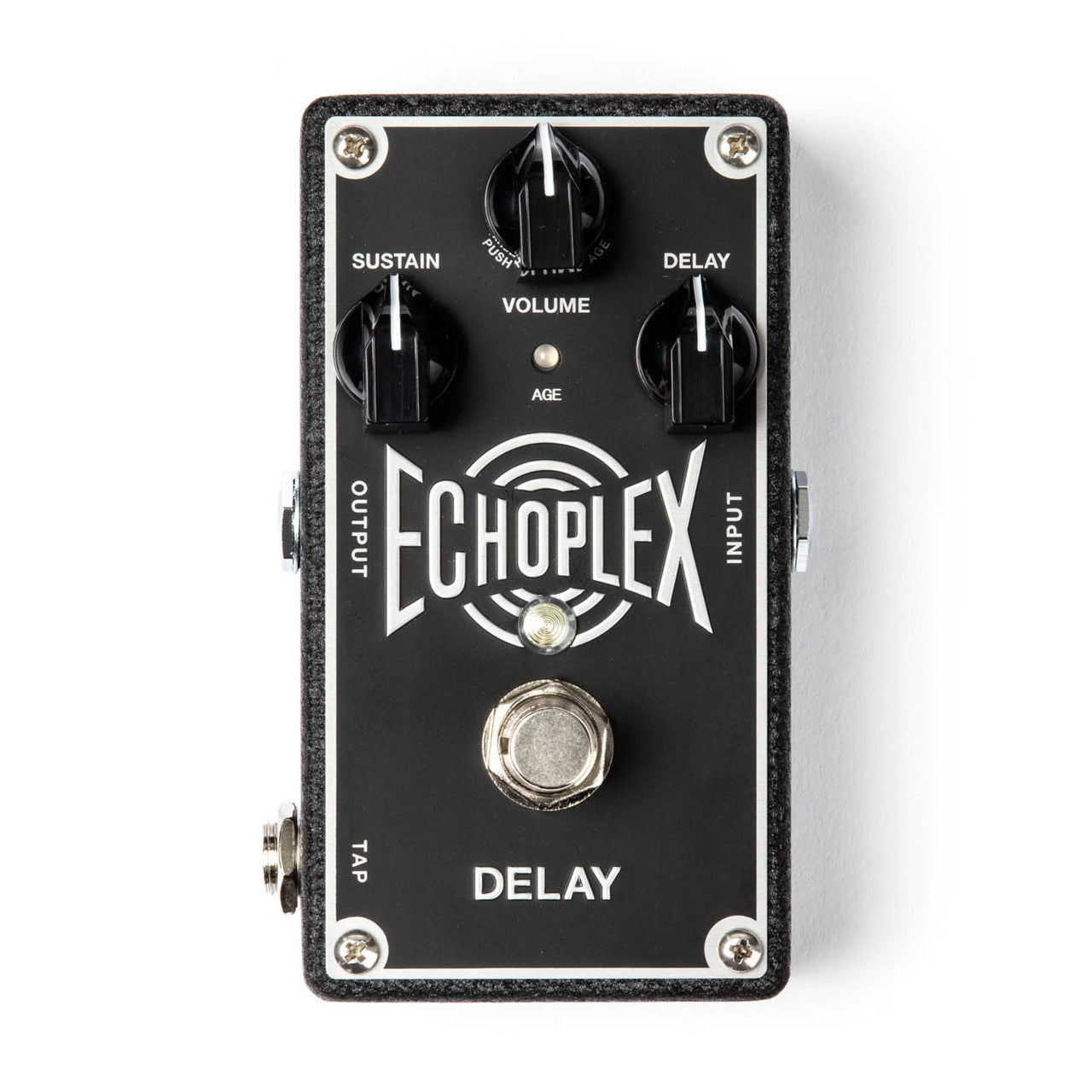
MXR Echoplex Delay Pedal
A tape delay is a wonderful sounding “mouse trap” type of device, but the nature of such things is not very practical. Aside from the astronomical figures vintage Echoplex machines sell for, the Echoplex is notoriously unreliable, over time. These days, some fantastic pedals are available, that are quite capable of recreating the Echoplex and other vaunted, but outdated, bulky tape-effects machines, right down to the lo-fi, quirks and imperfections caused by aged tape and dirty heads. The MXR EP103 (the Echo Plex model 103, recreated in stomp box form) will not only get you in the Echoplex zone, but if you add the MXR199 Tap Tempo controller, you can extend the amount of delay time to 4 seconds (enough to cover “The Prophet’s song”, and then some).
Queen's innovative use of the MXR Echoplex pedal introduced an element of timeless charm into their music. With this pedal, Queen's legendary guitarist Brian May achieved the rich, tape-like delay that became emblematic of their sound. The MXR Echoplex's warm, organic echoes adorned Queen's iconic tracks, such as "Bohemian Rhapsody," adding depth and a sense of grandeur to their compositions. May's skilled manipulation of this pedal allowed for the creation of lush soundscapes and ethereal tones, contributing to the band's distinctive and larger-than-life sonic identity. Queen's pioneering use of the MXR Echoplex pedal remains a testament to their artistic innovation and their ability to elevate rock music into a realm of timelessness.
MXR Echoplex EP103 Delay Pedal
+ Free Shipping
